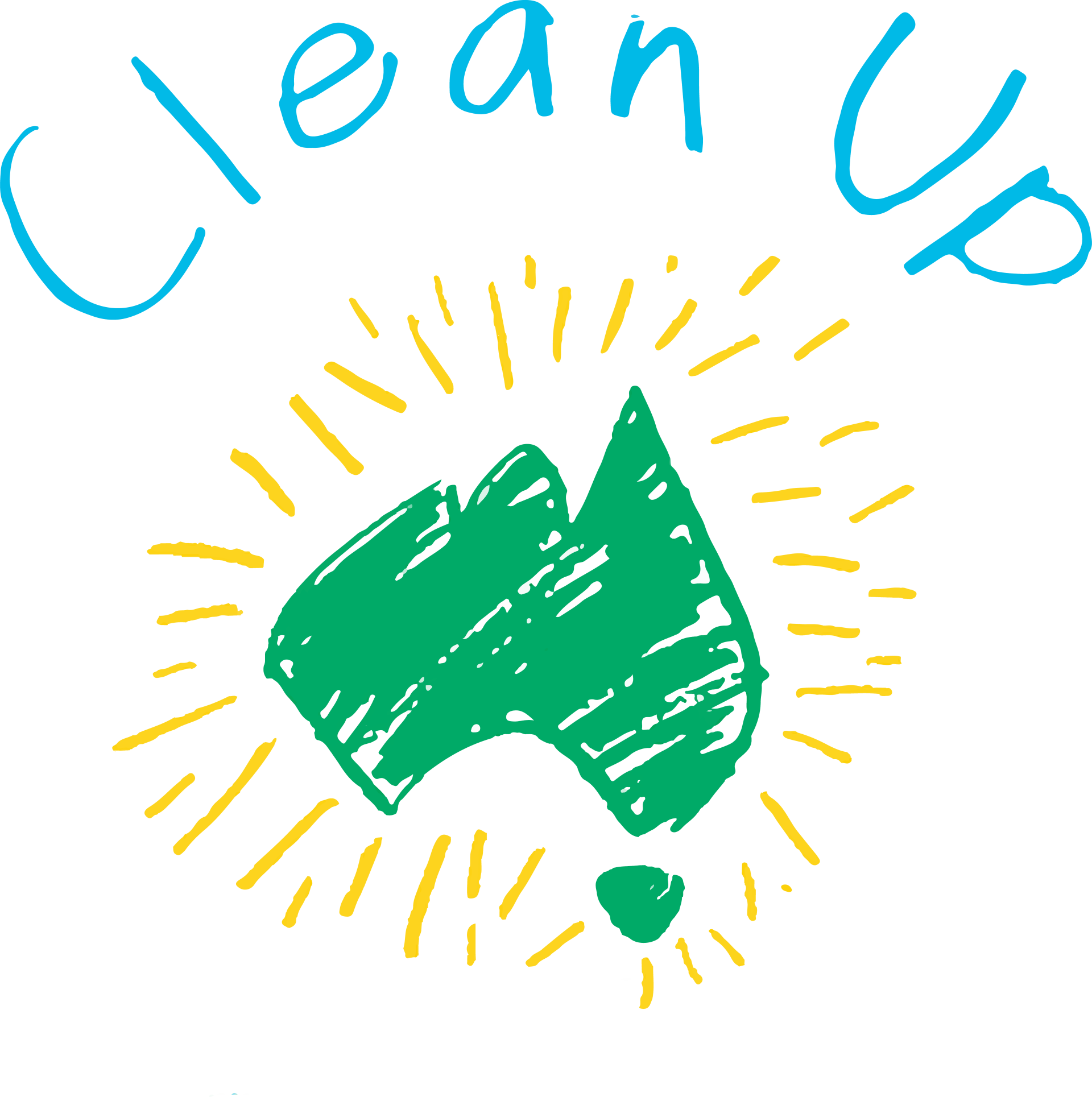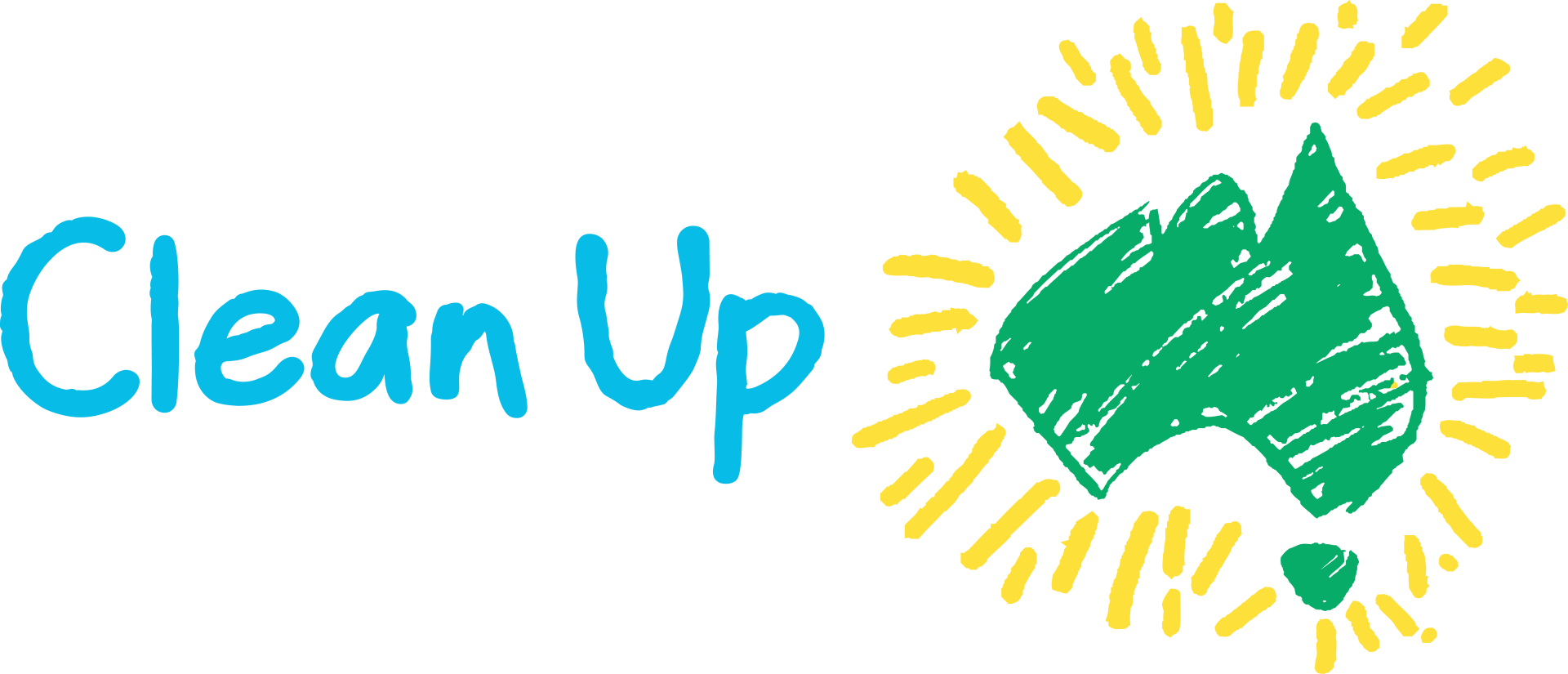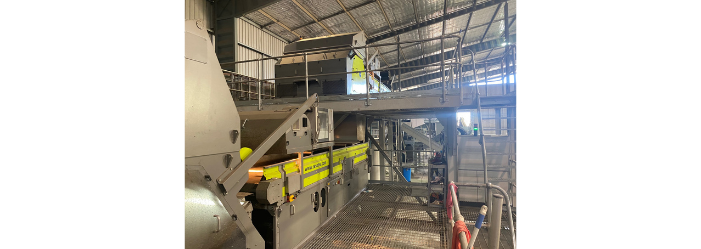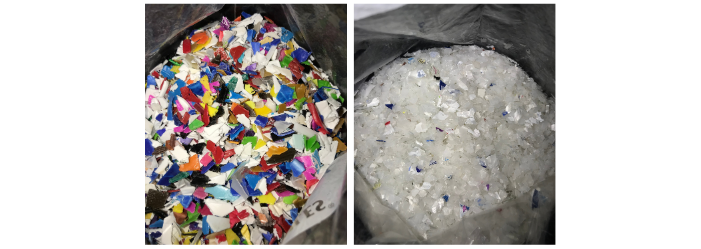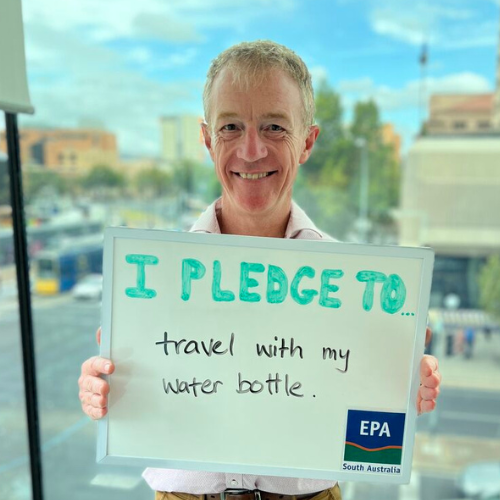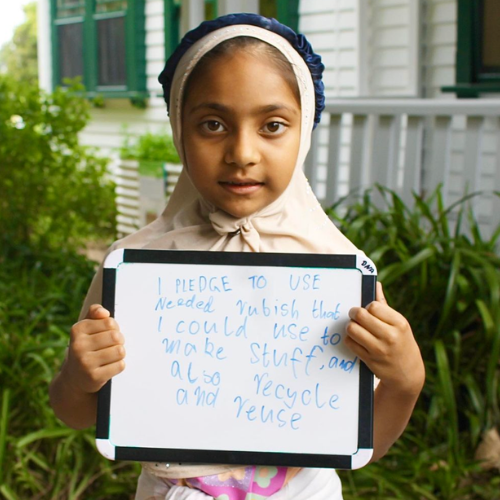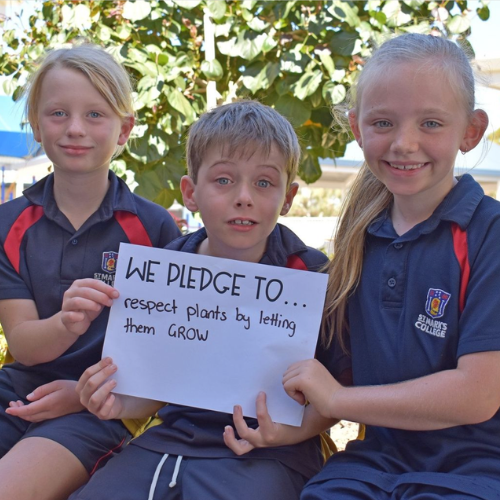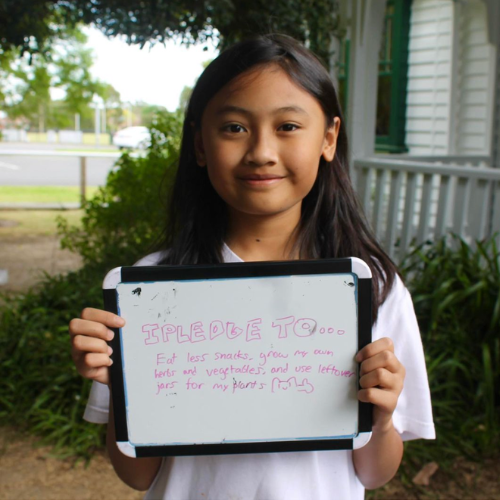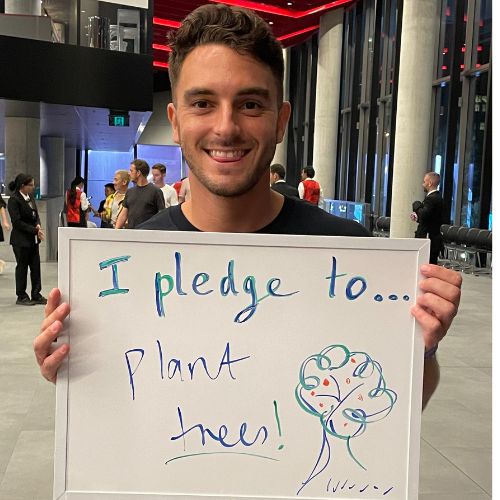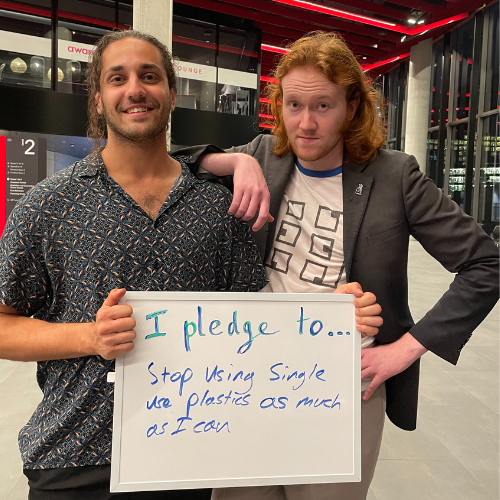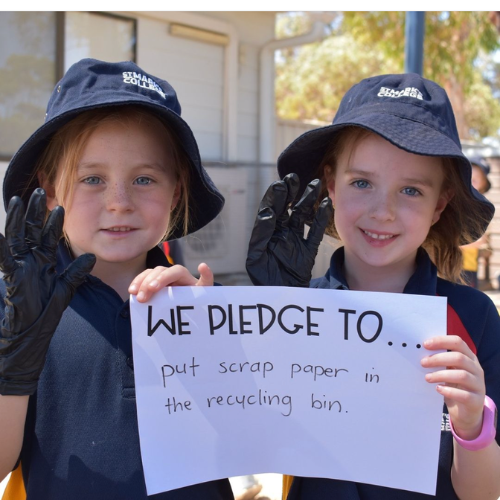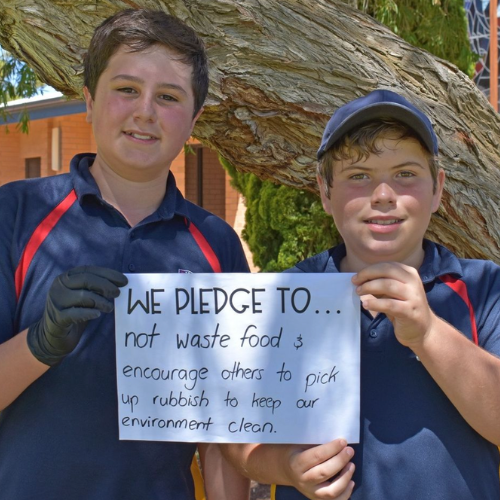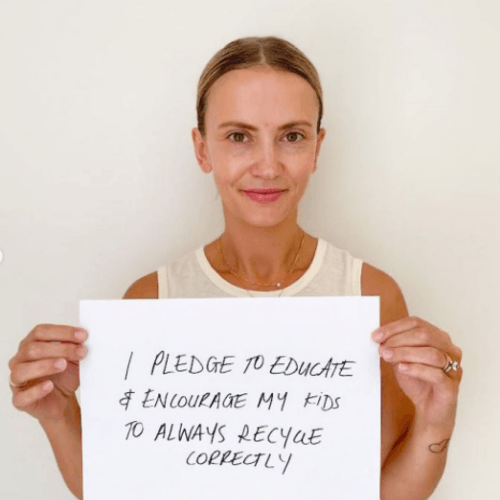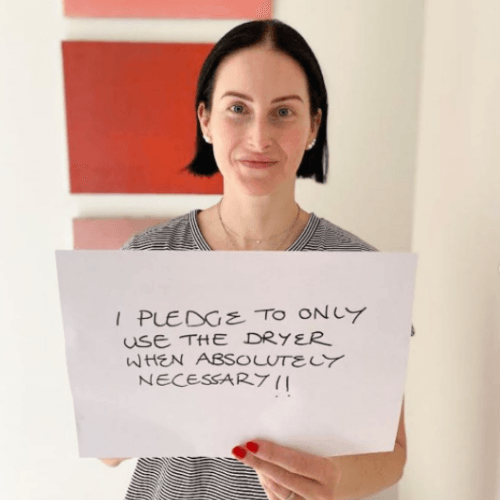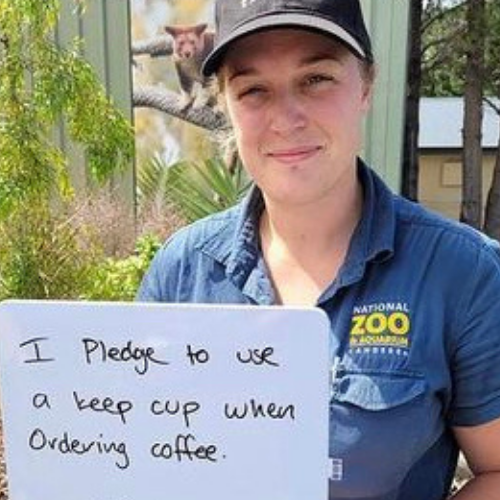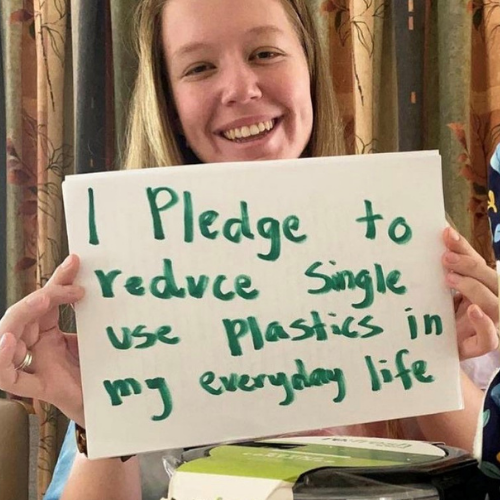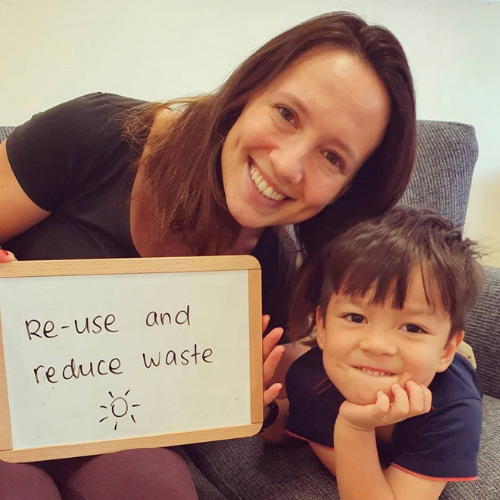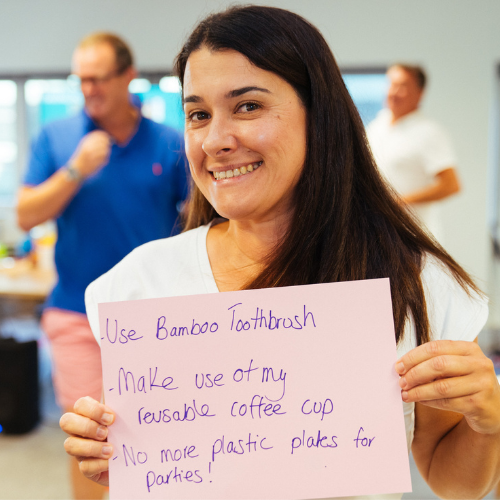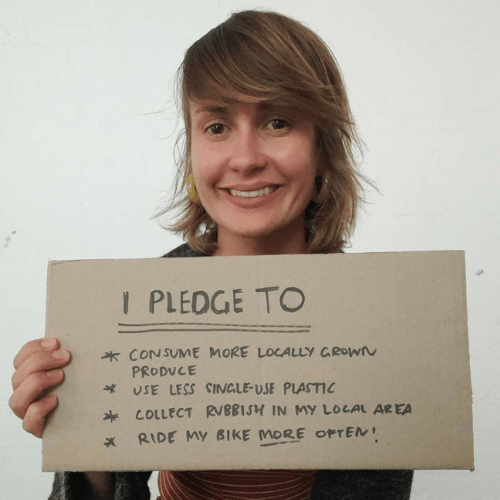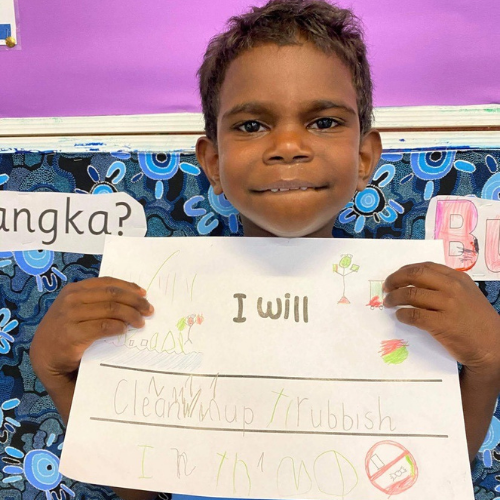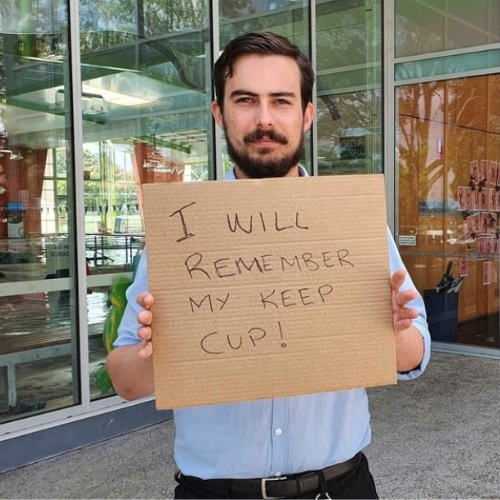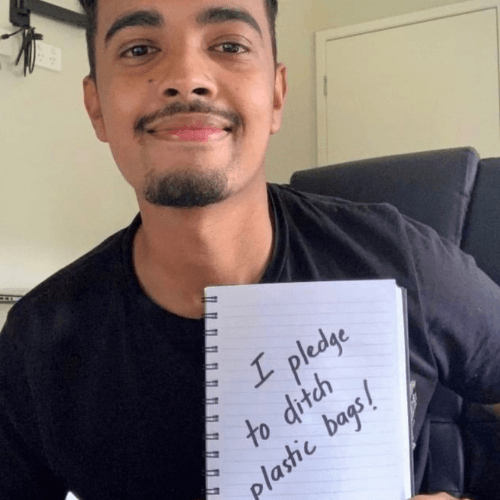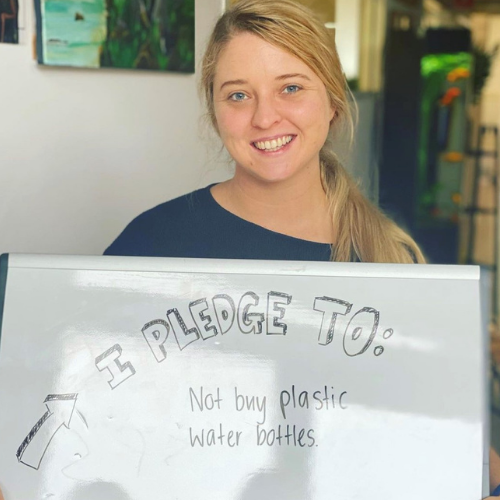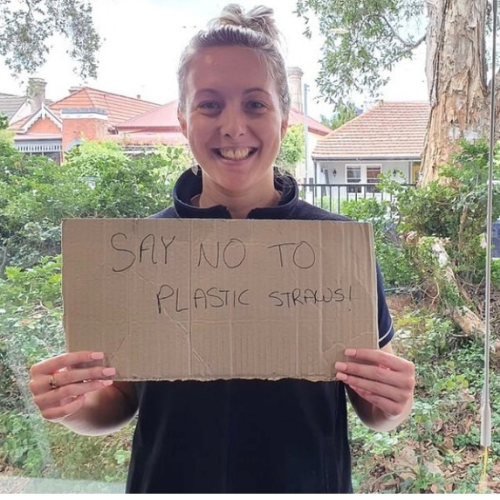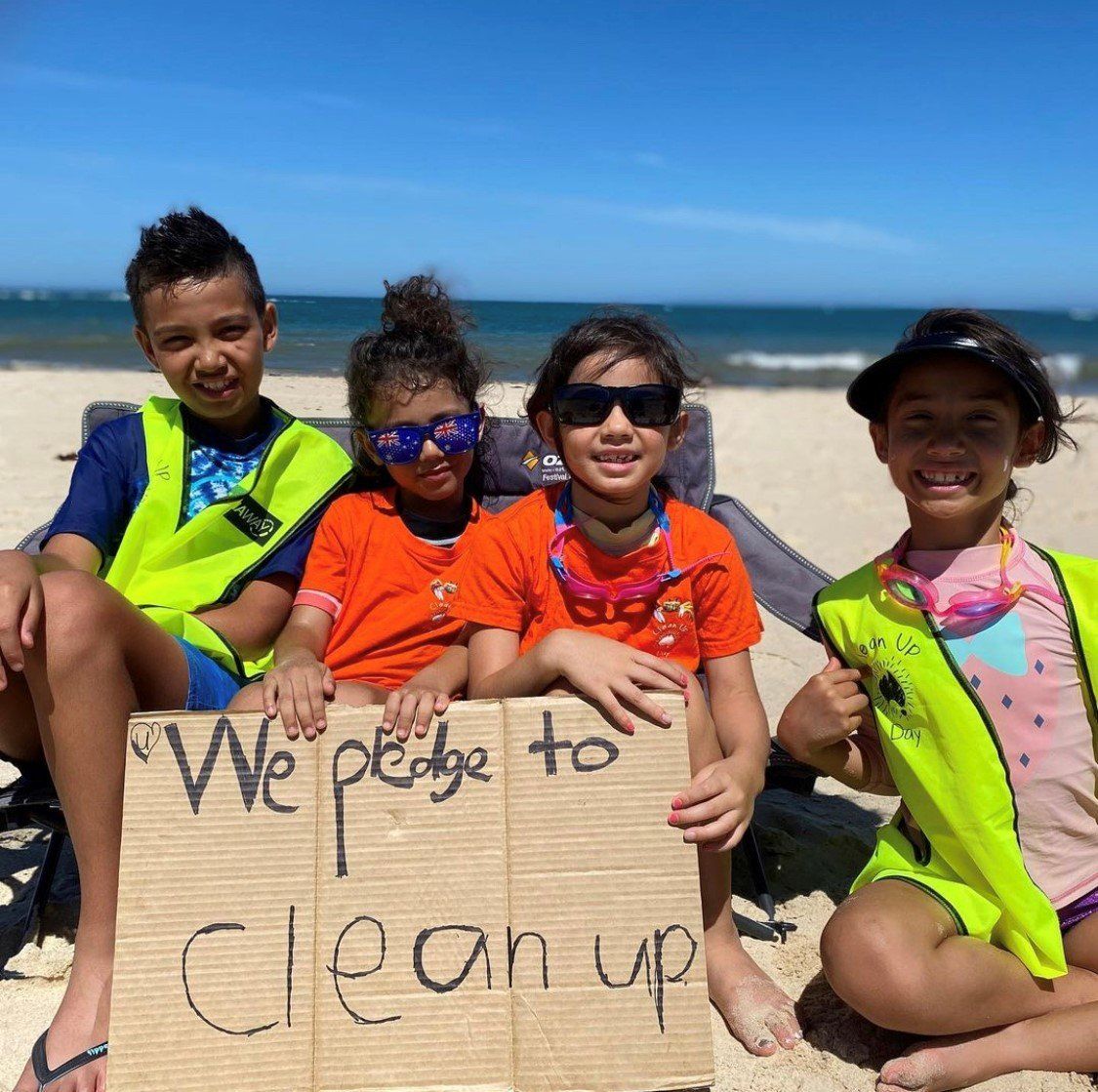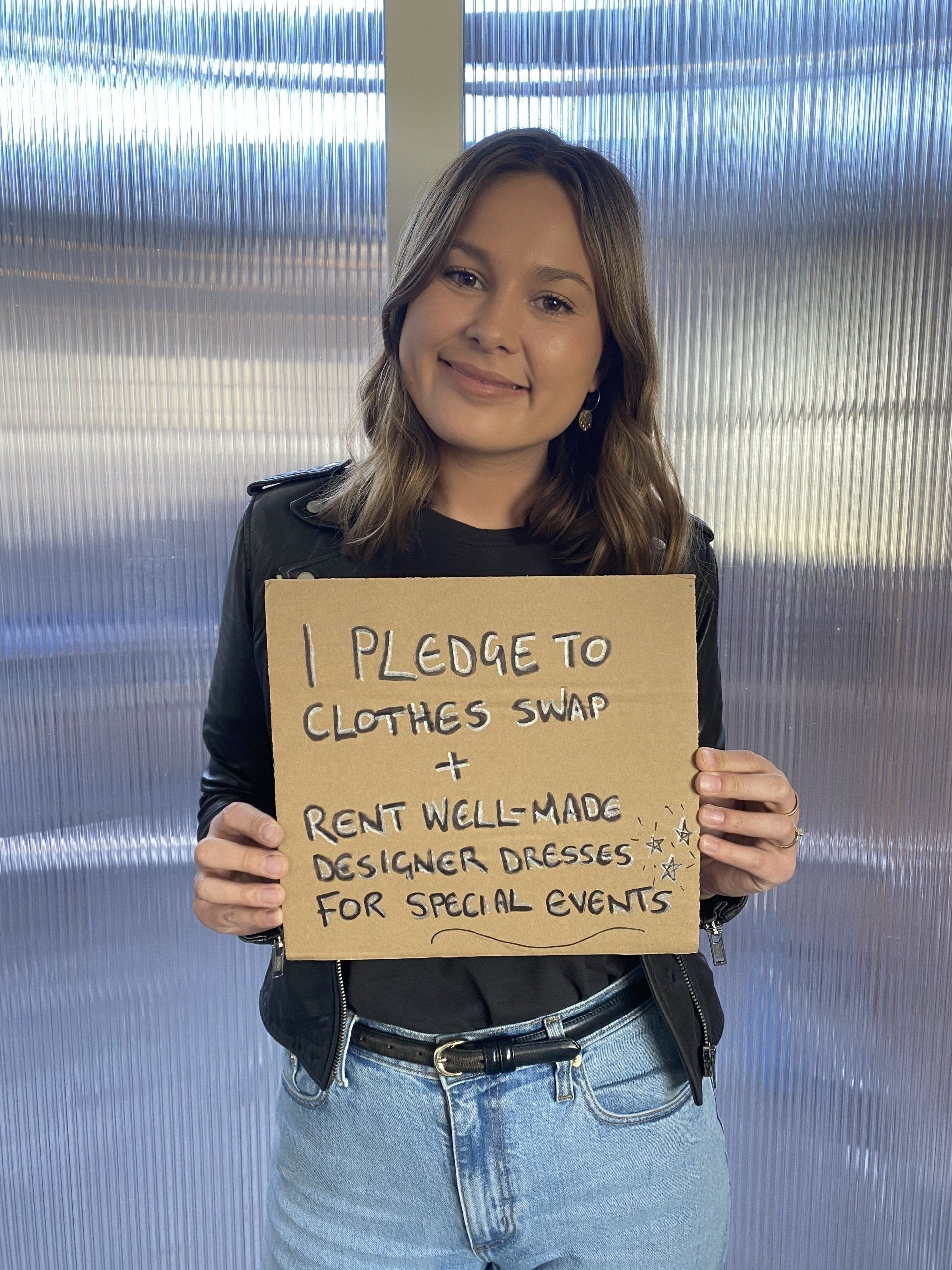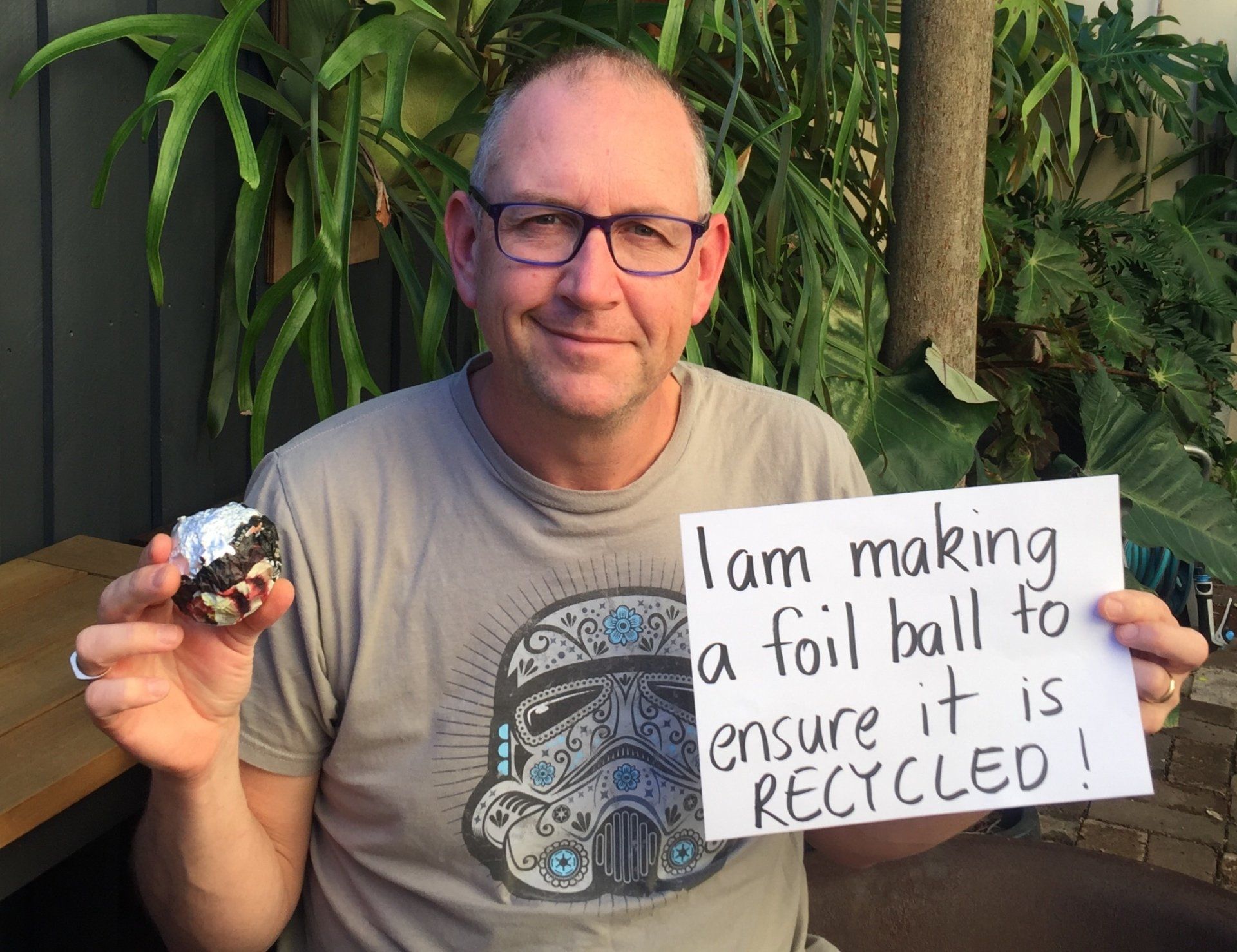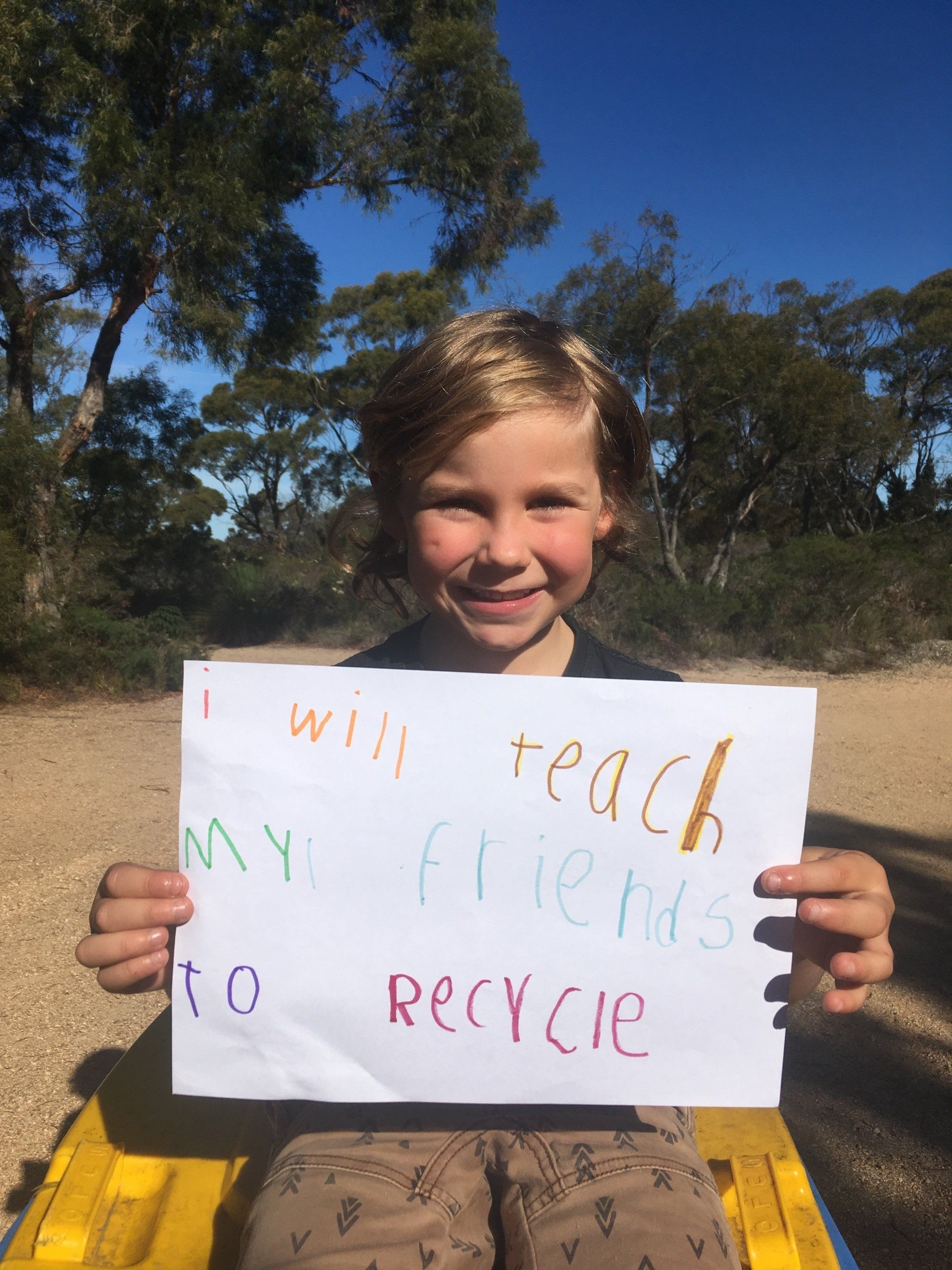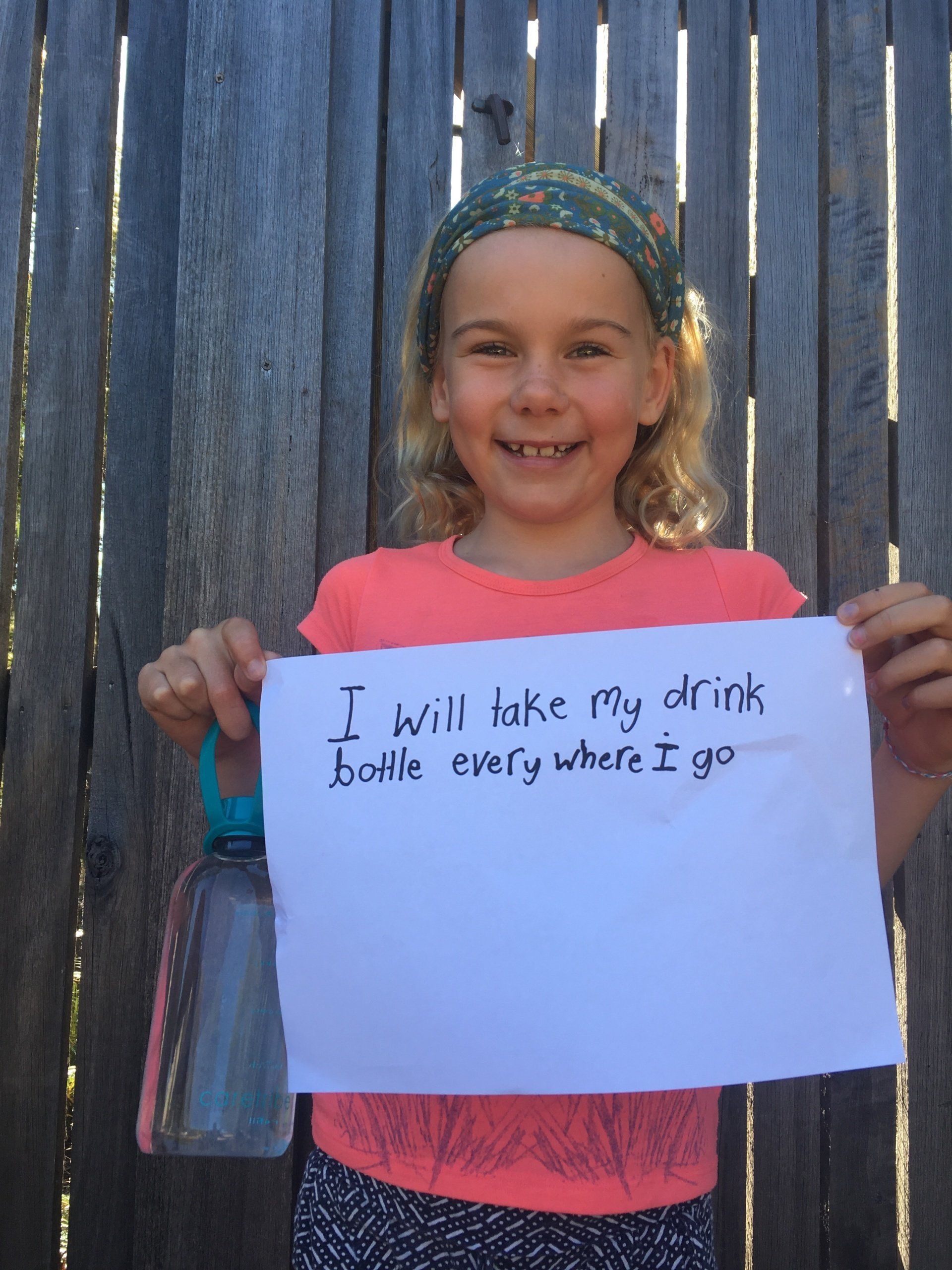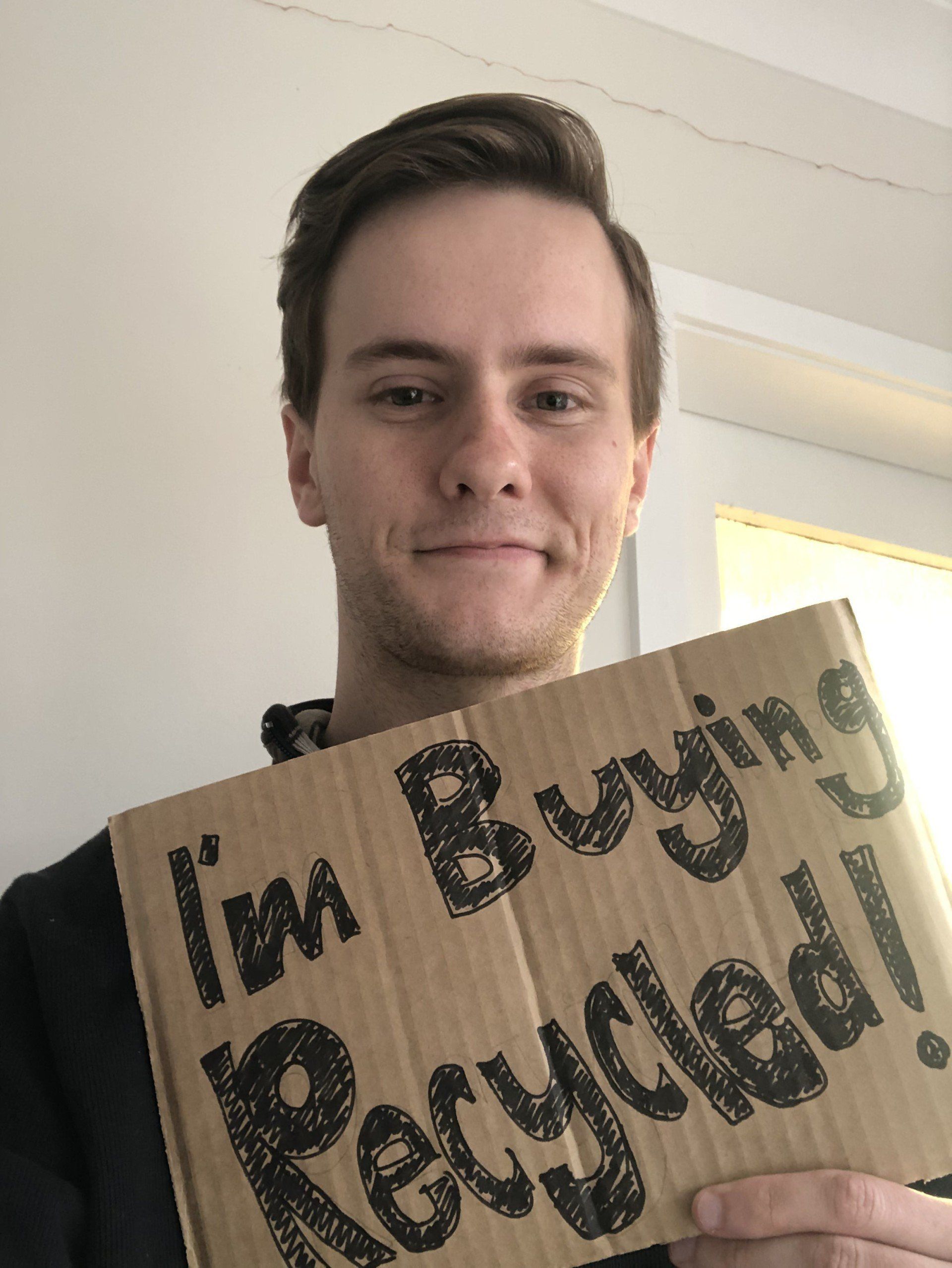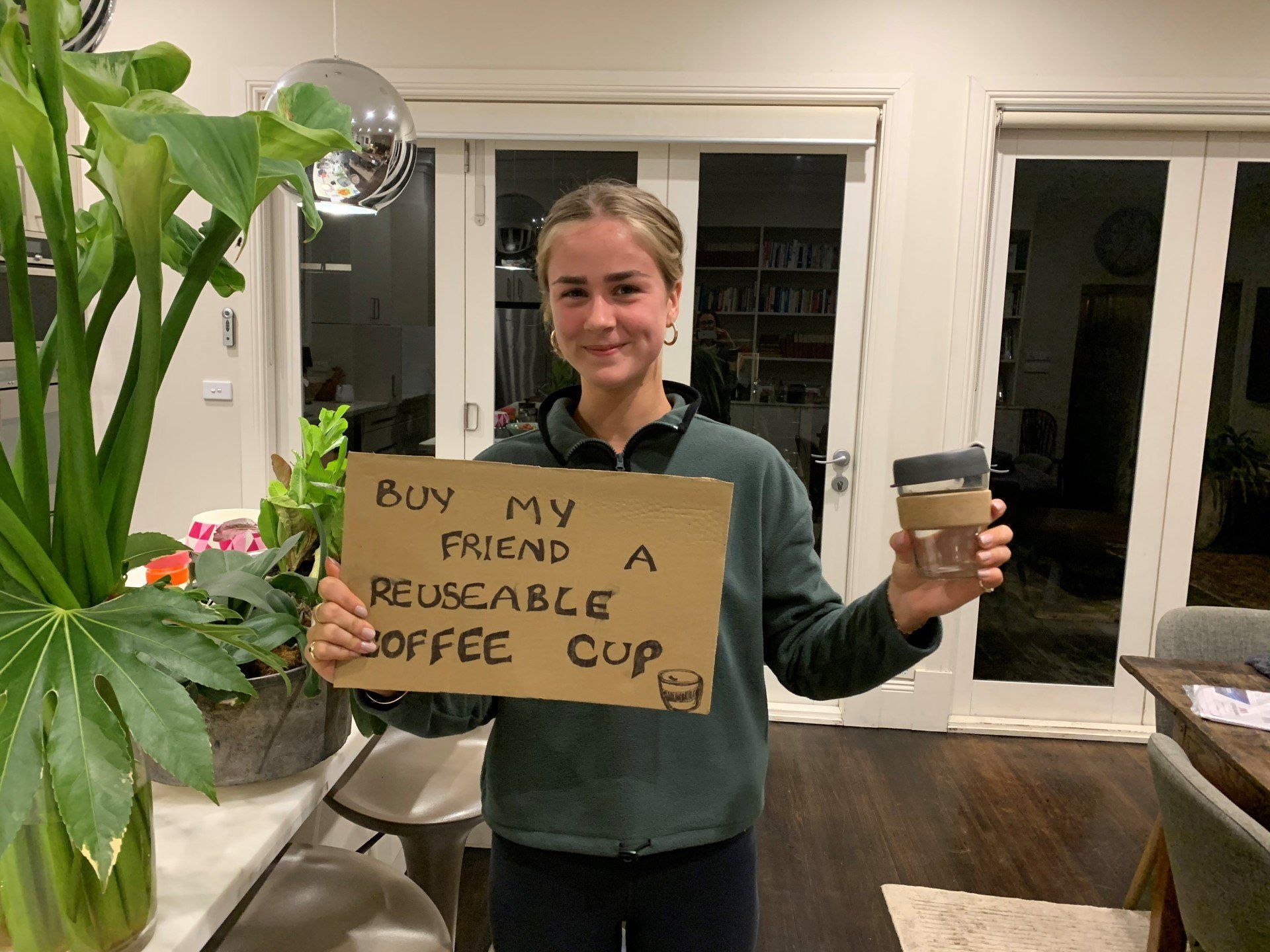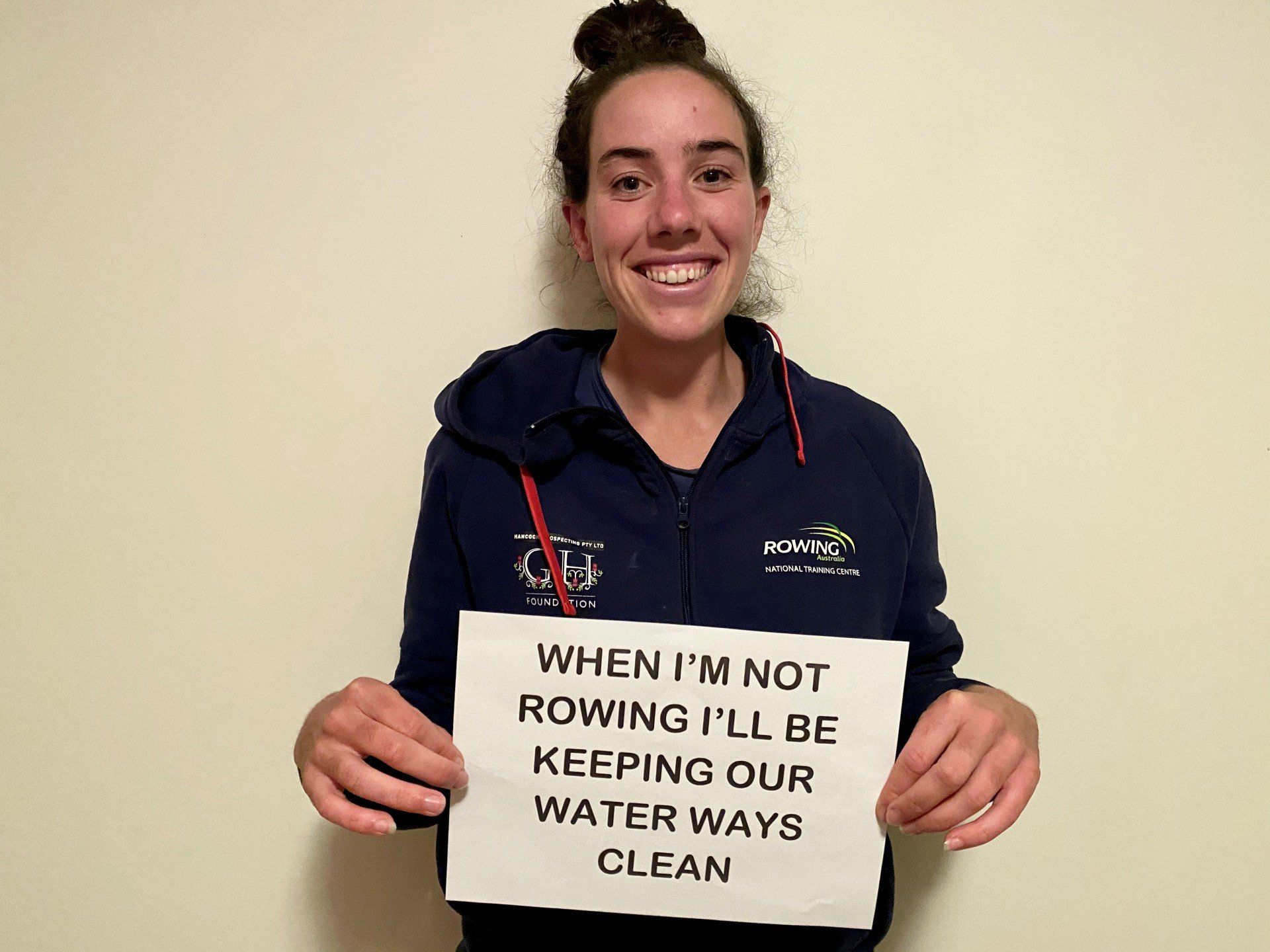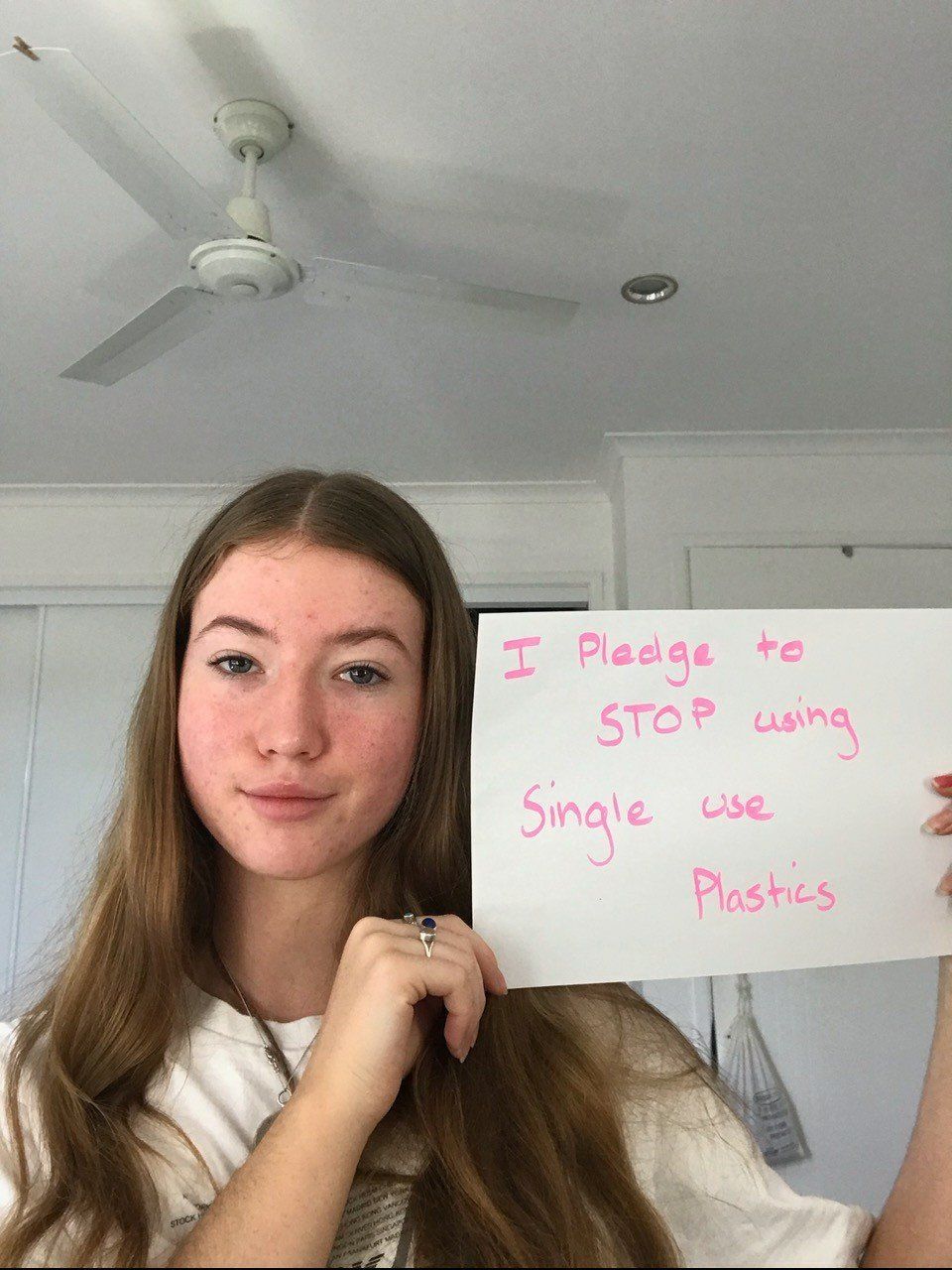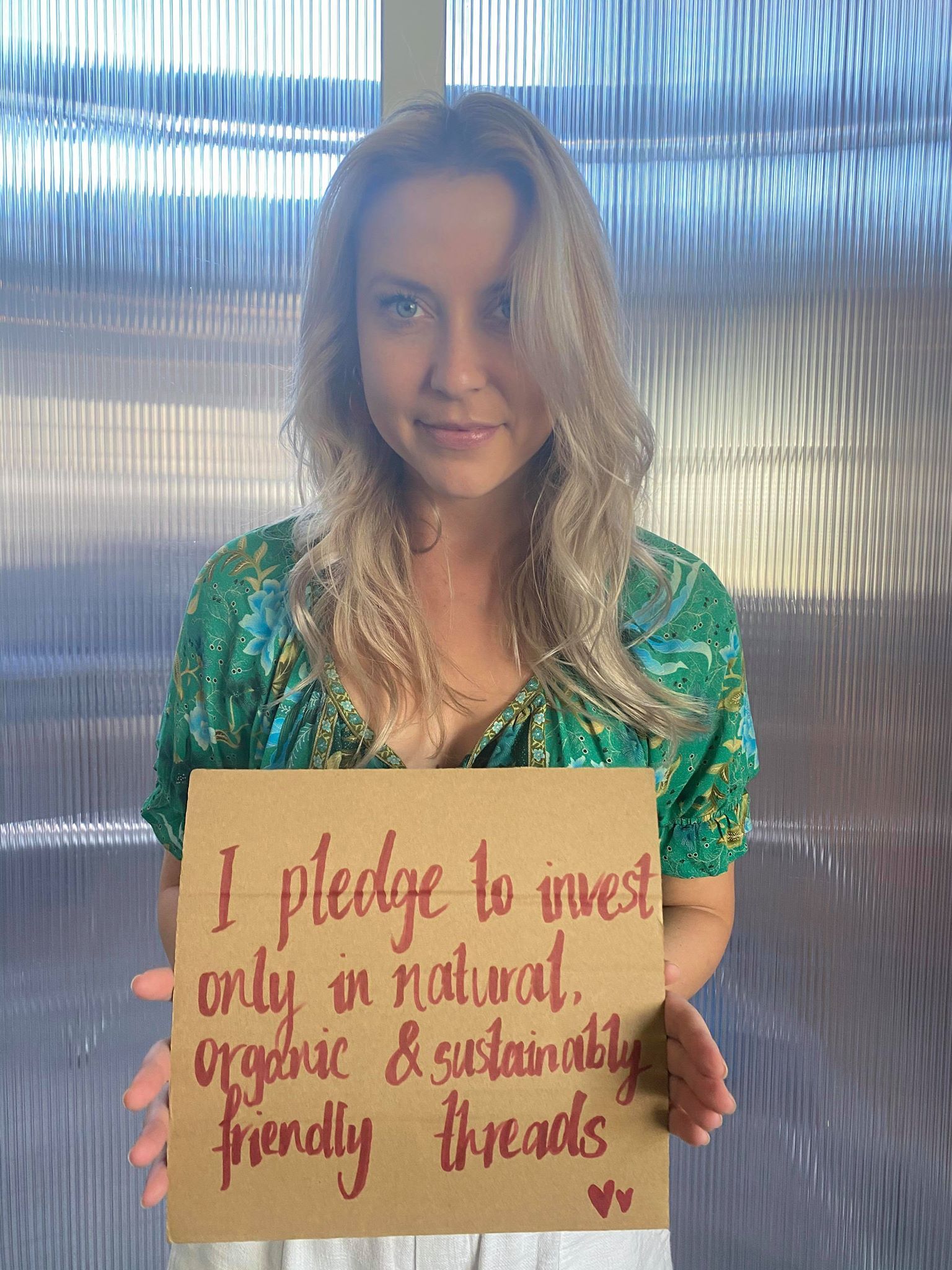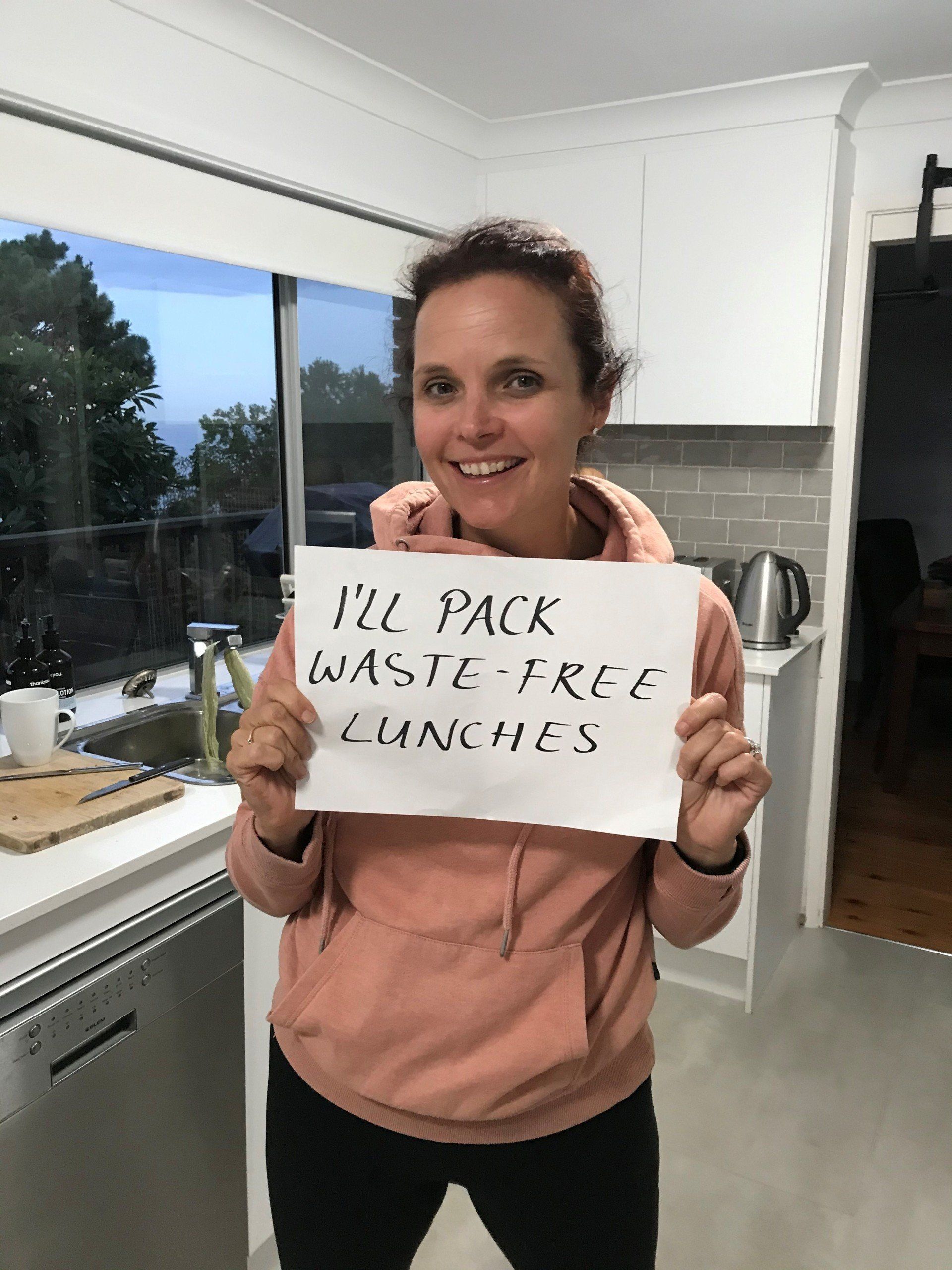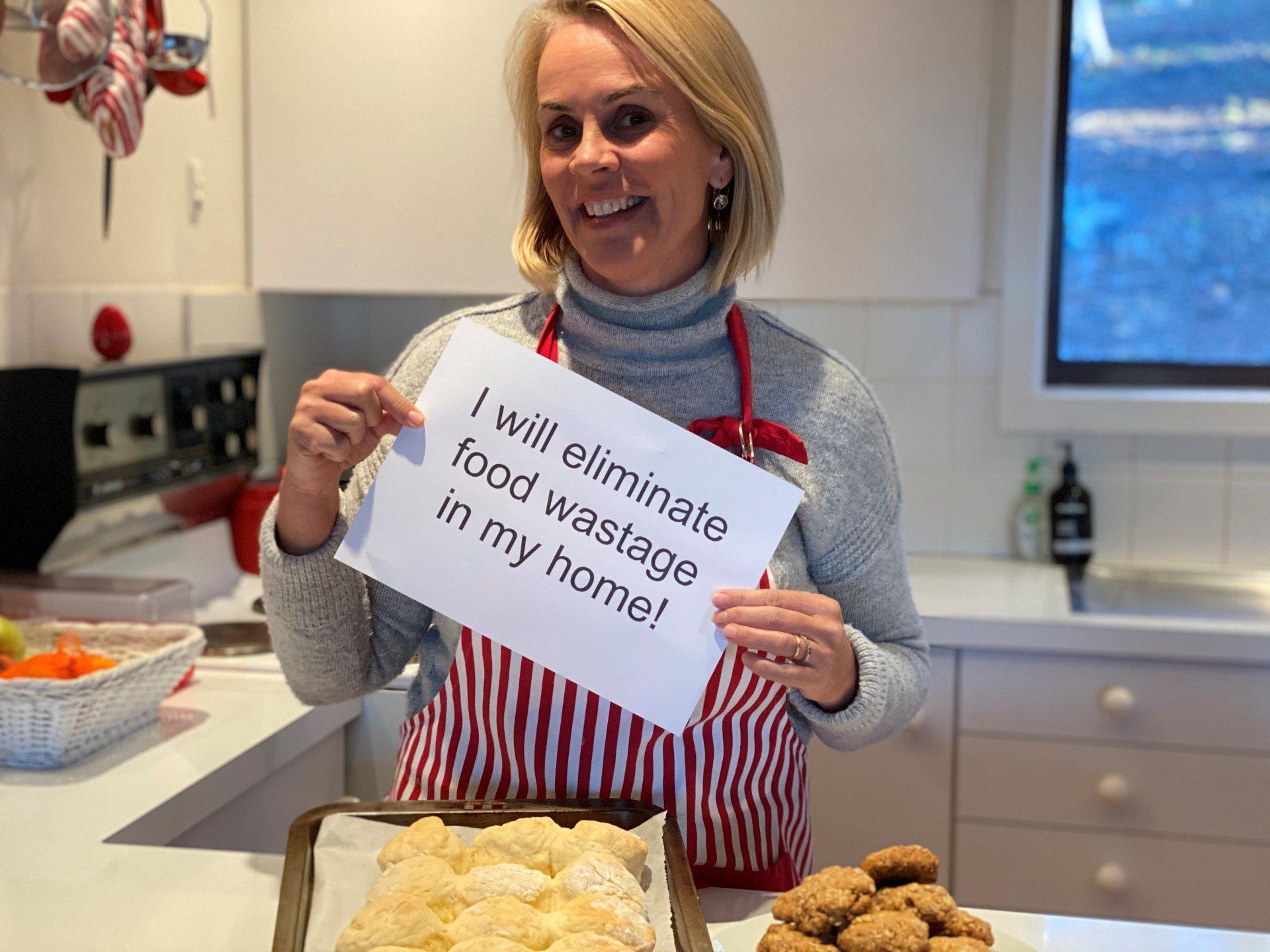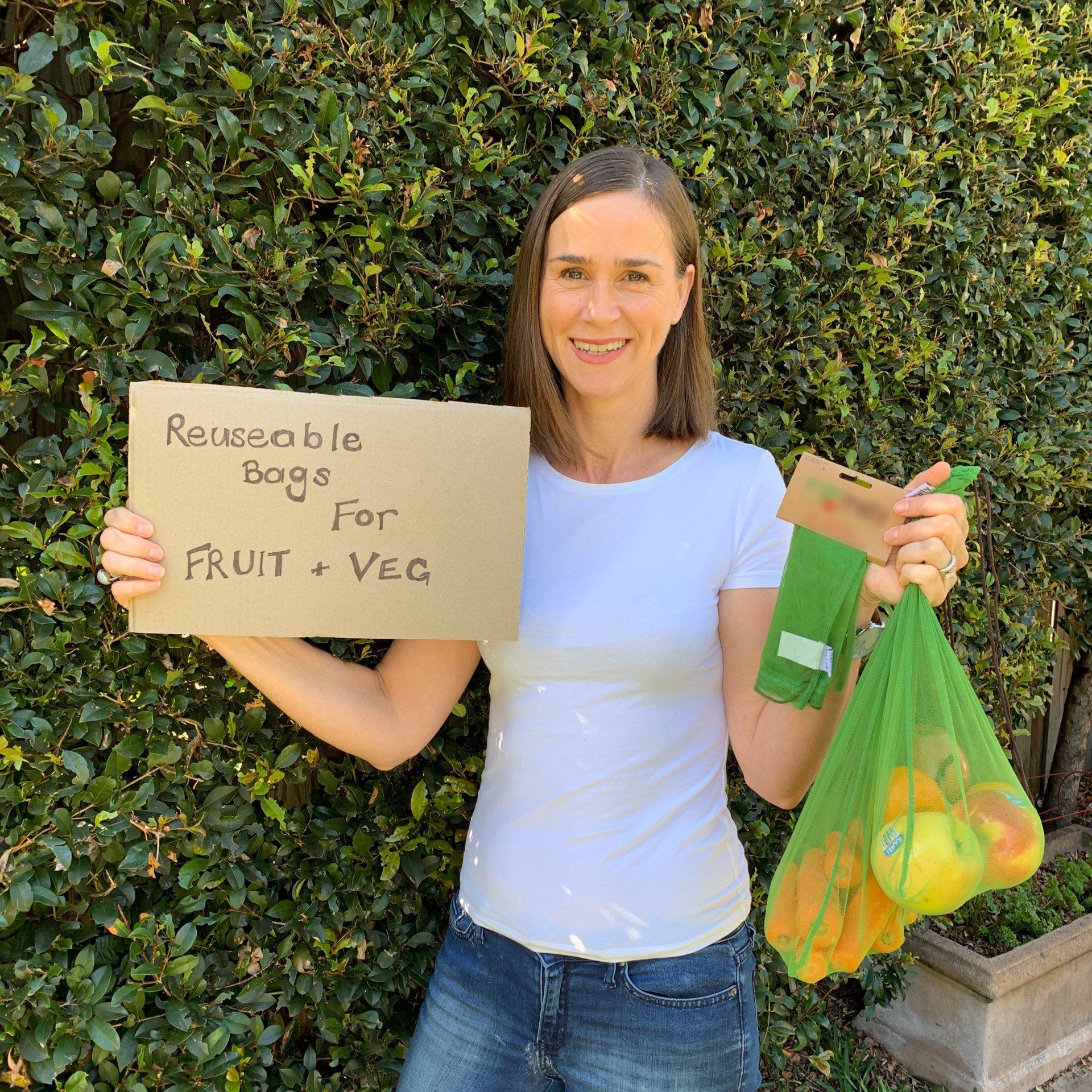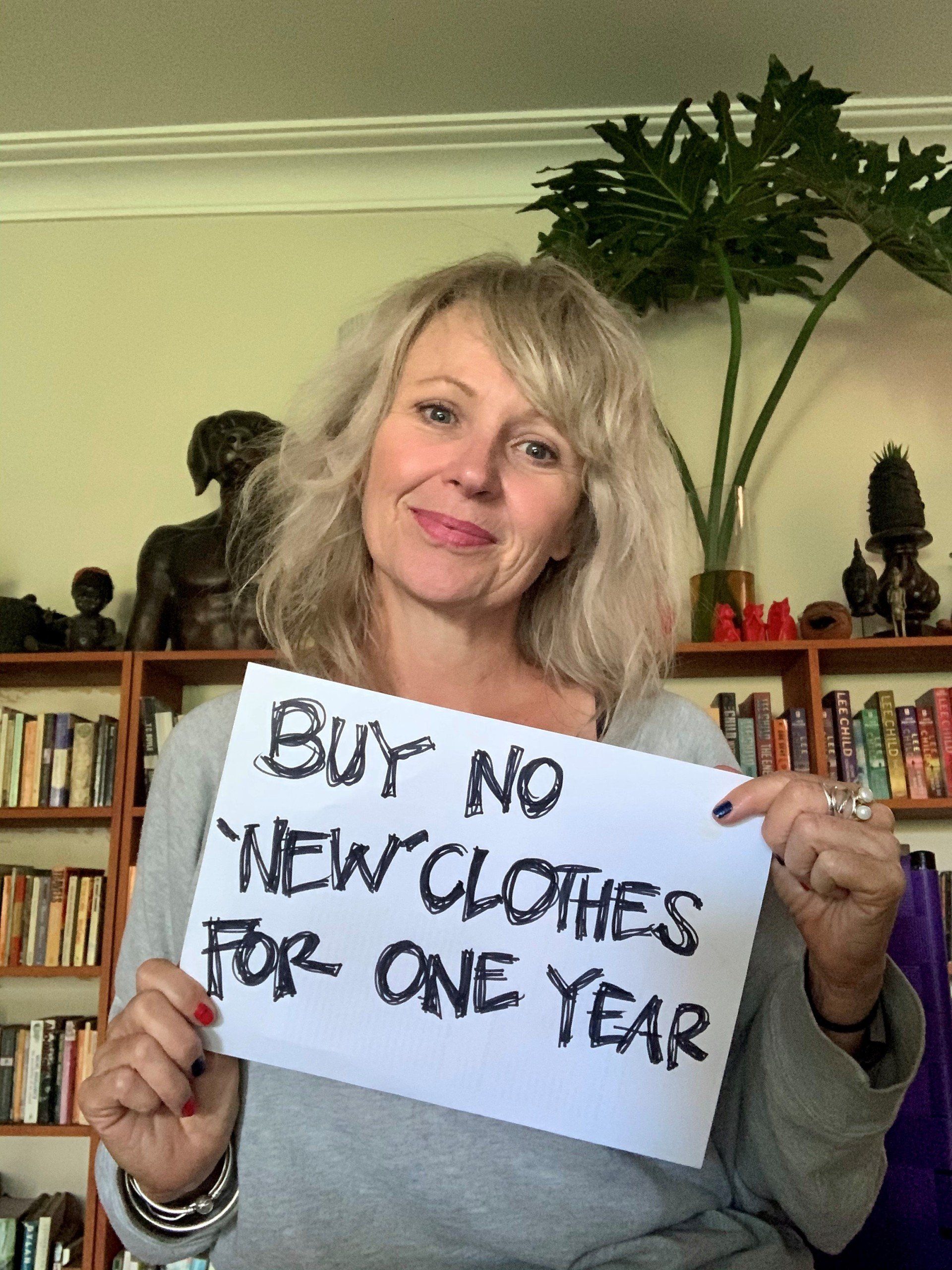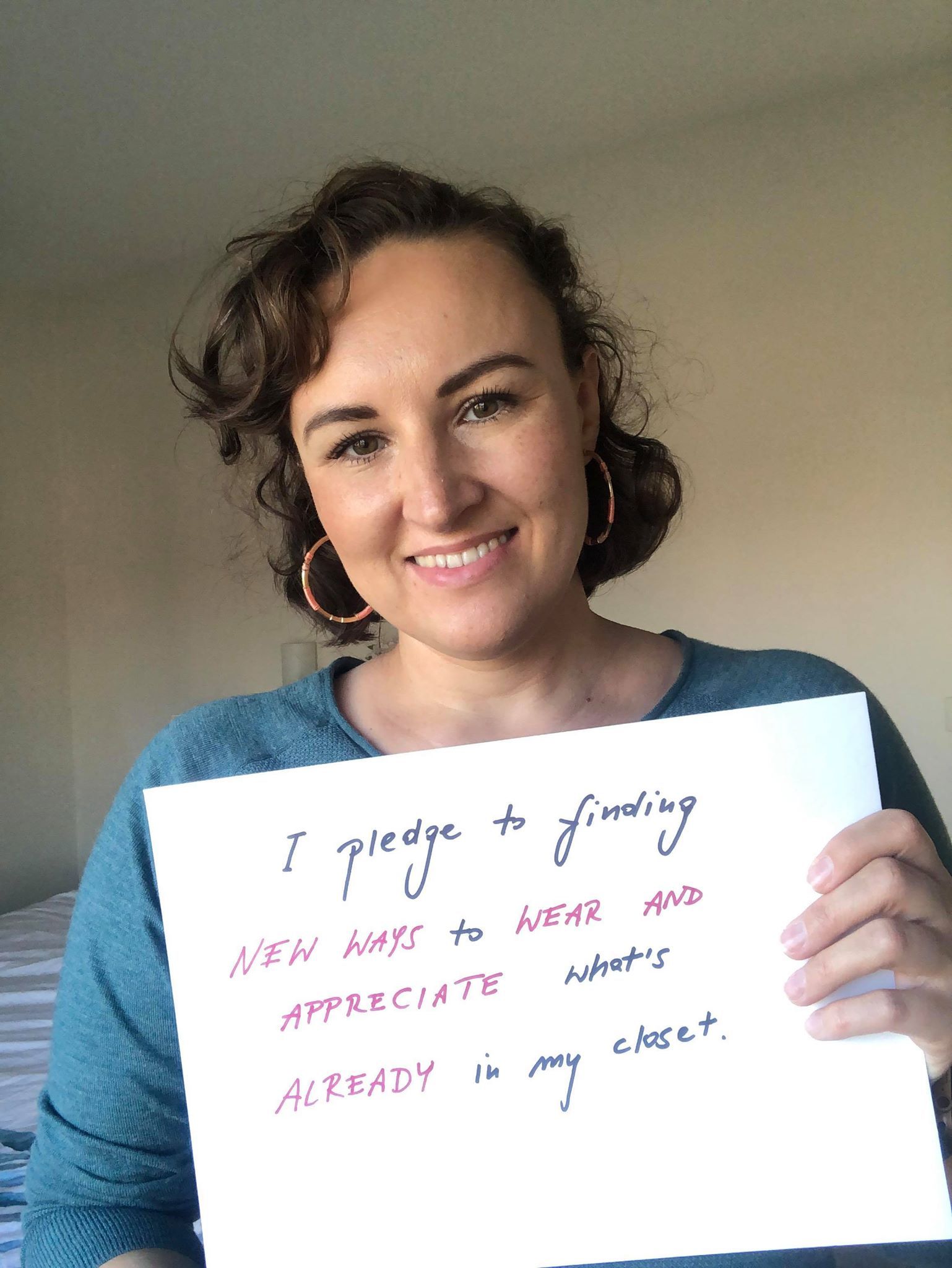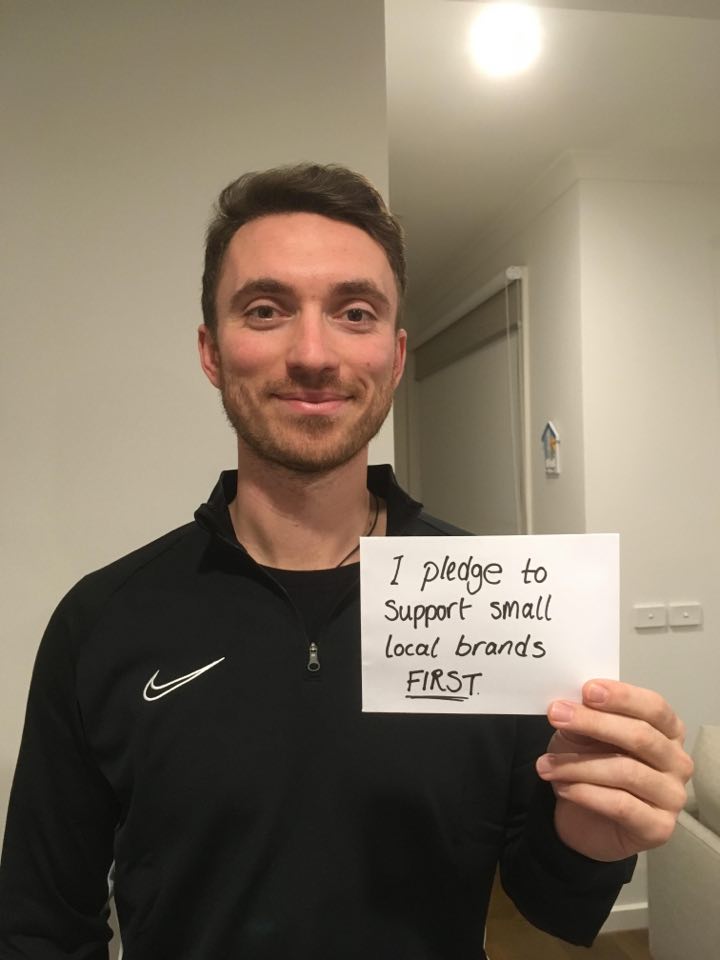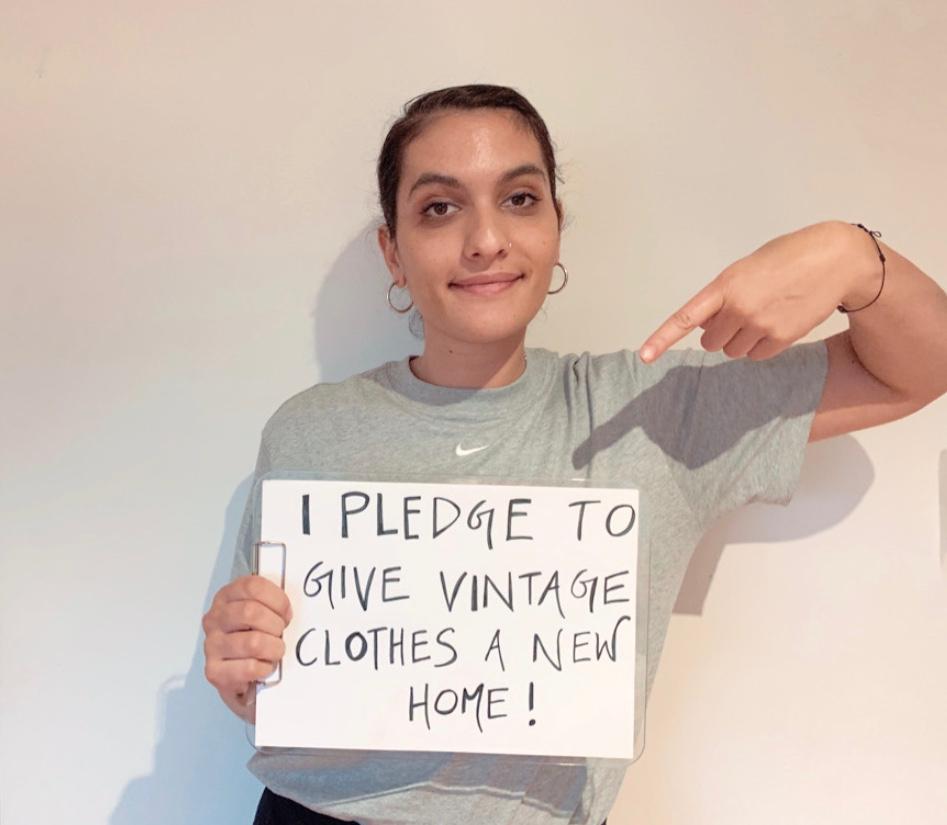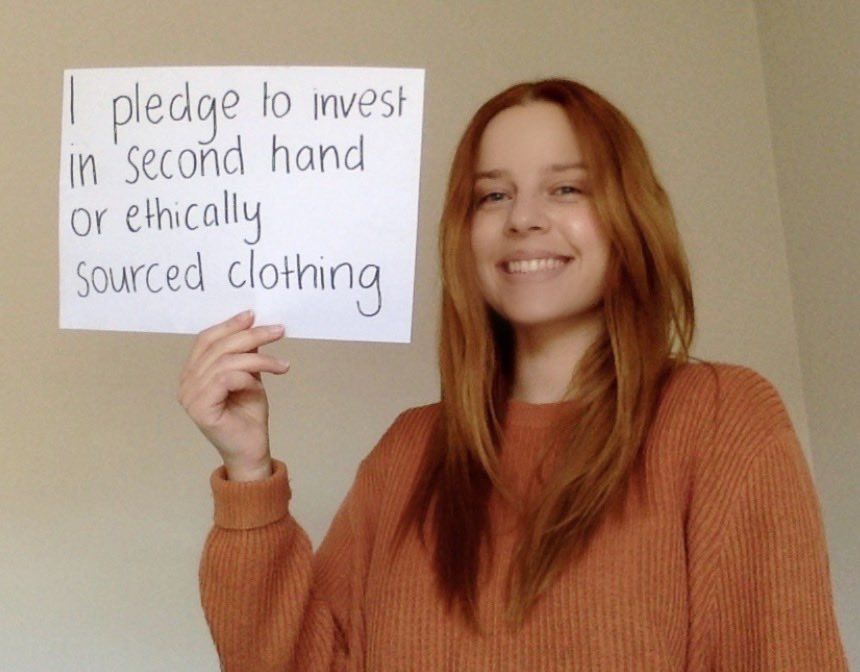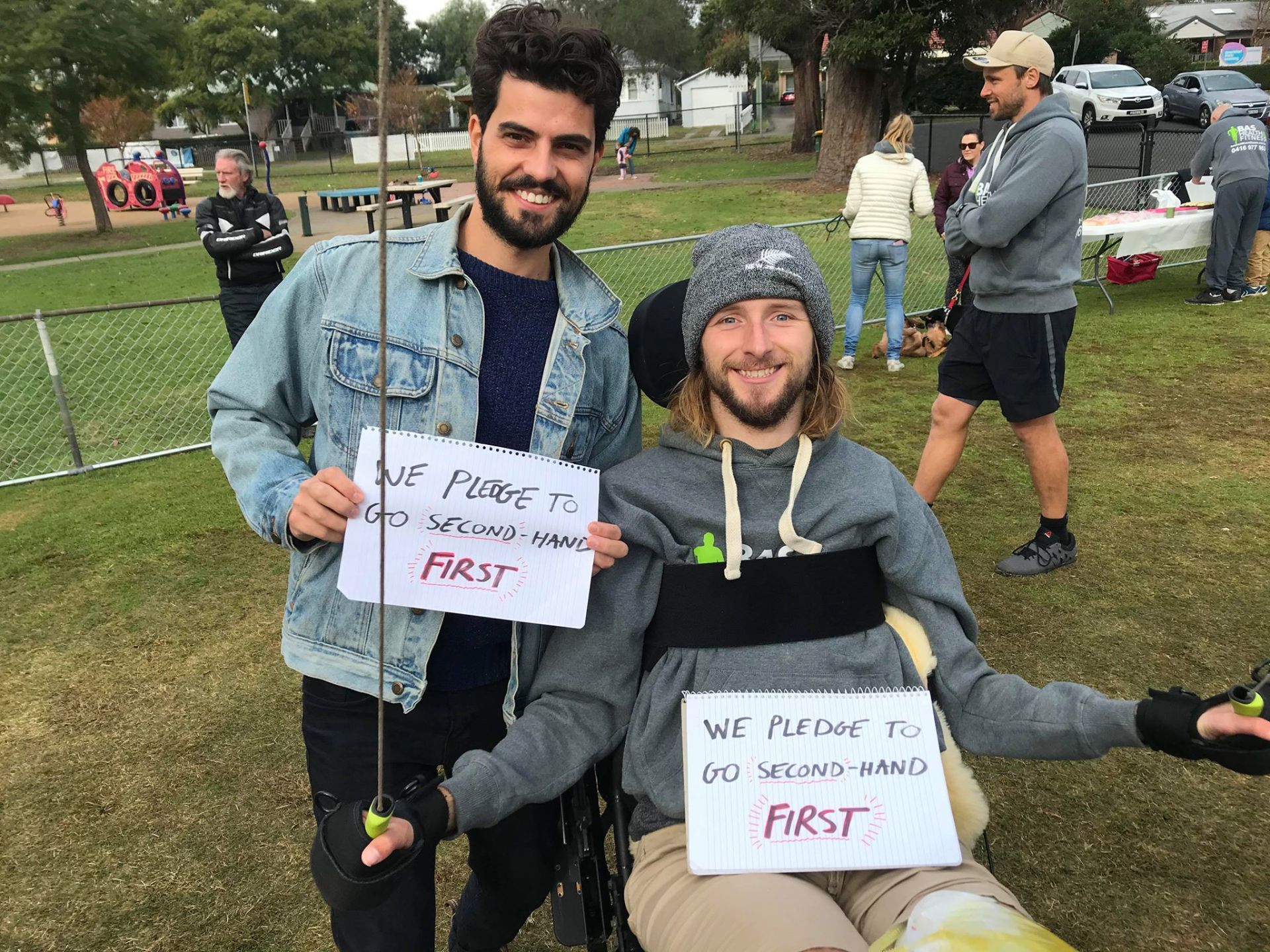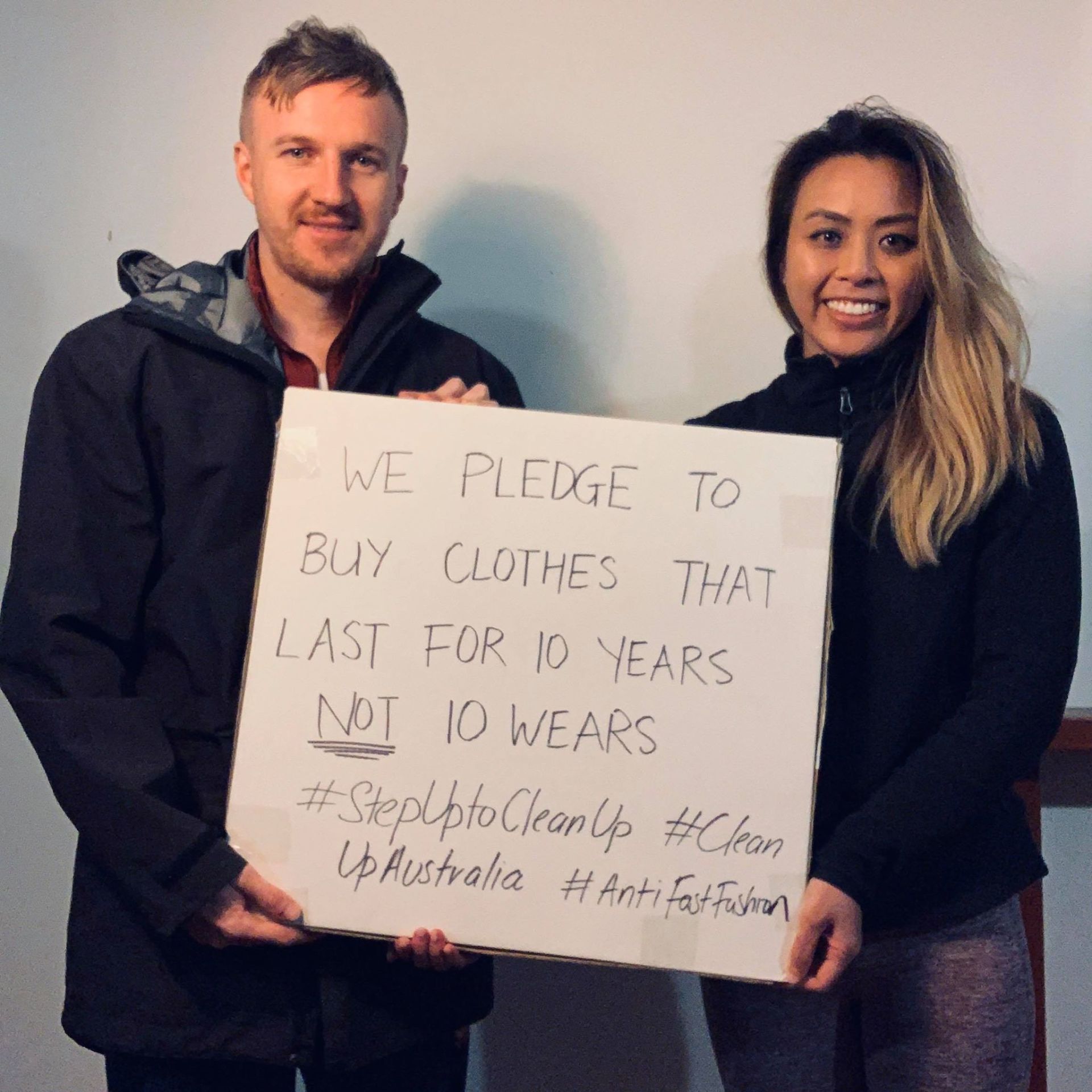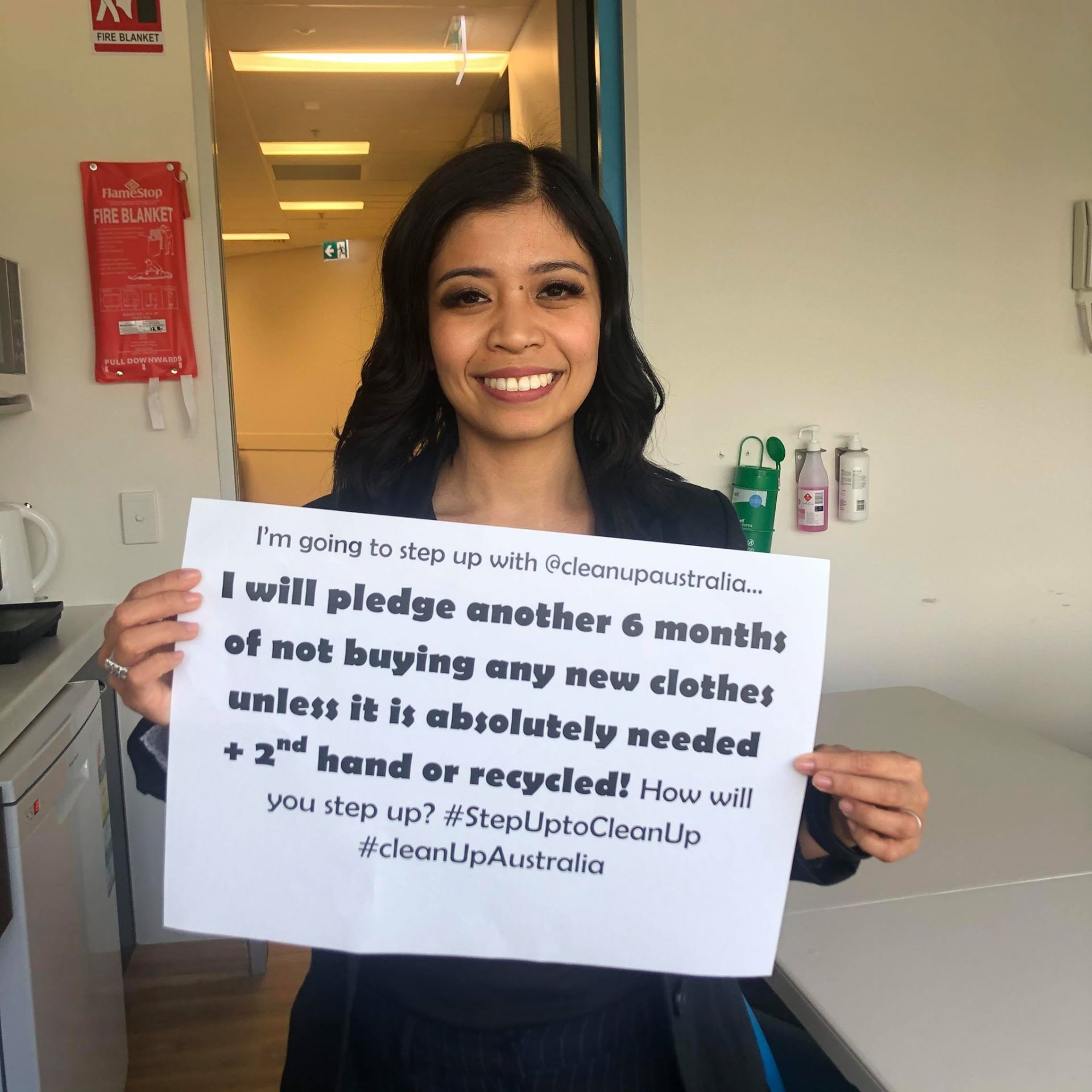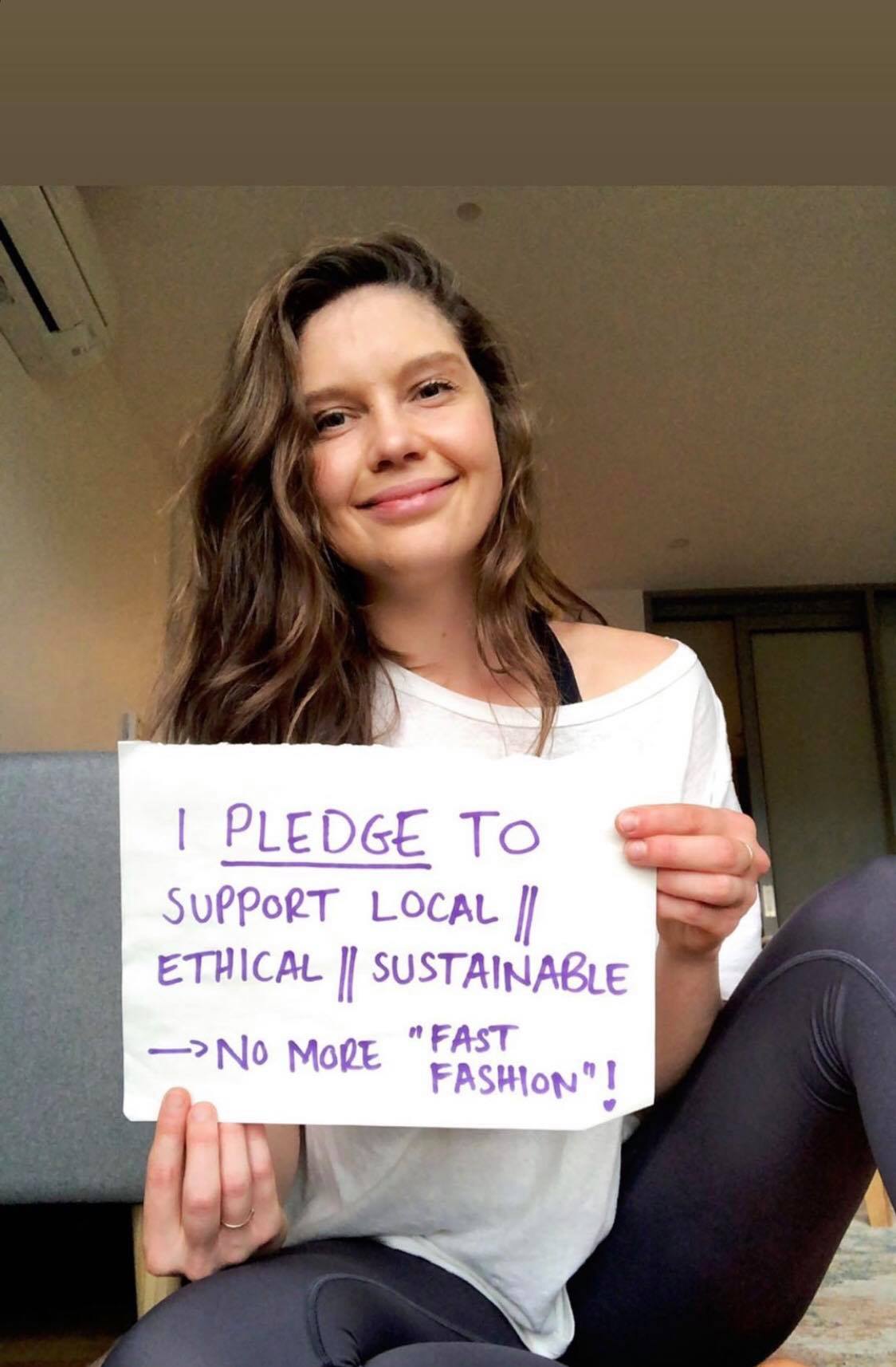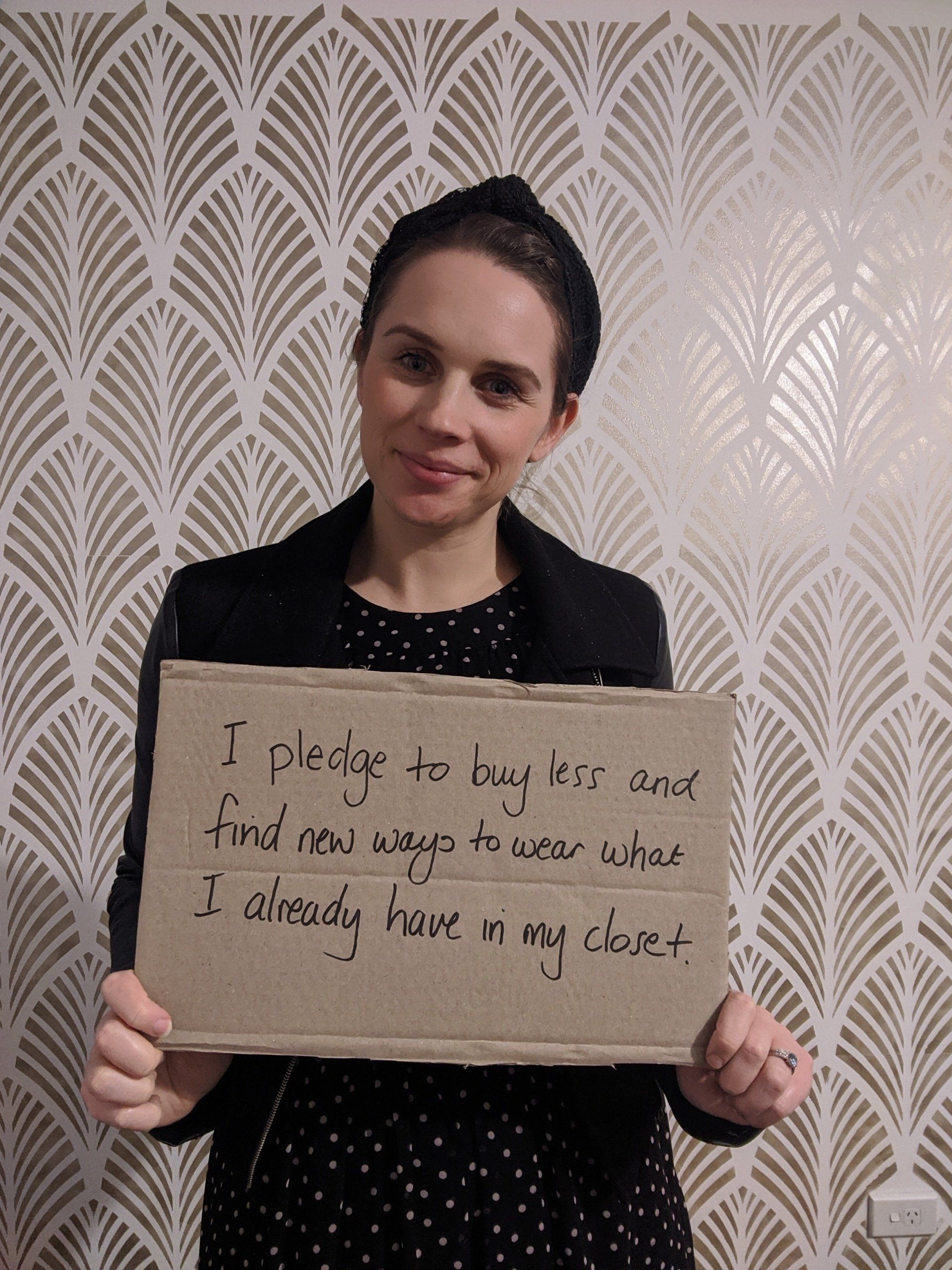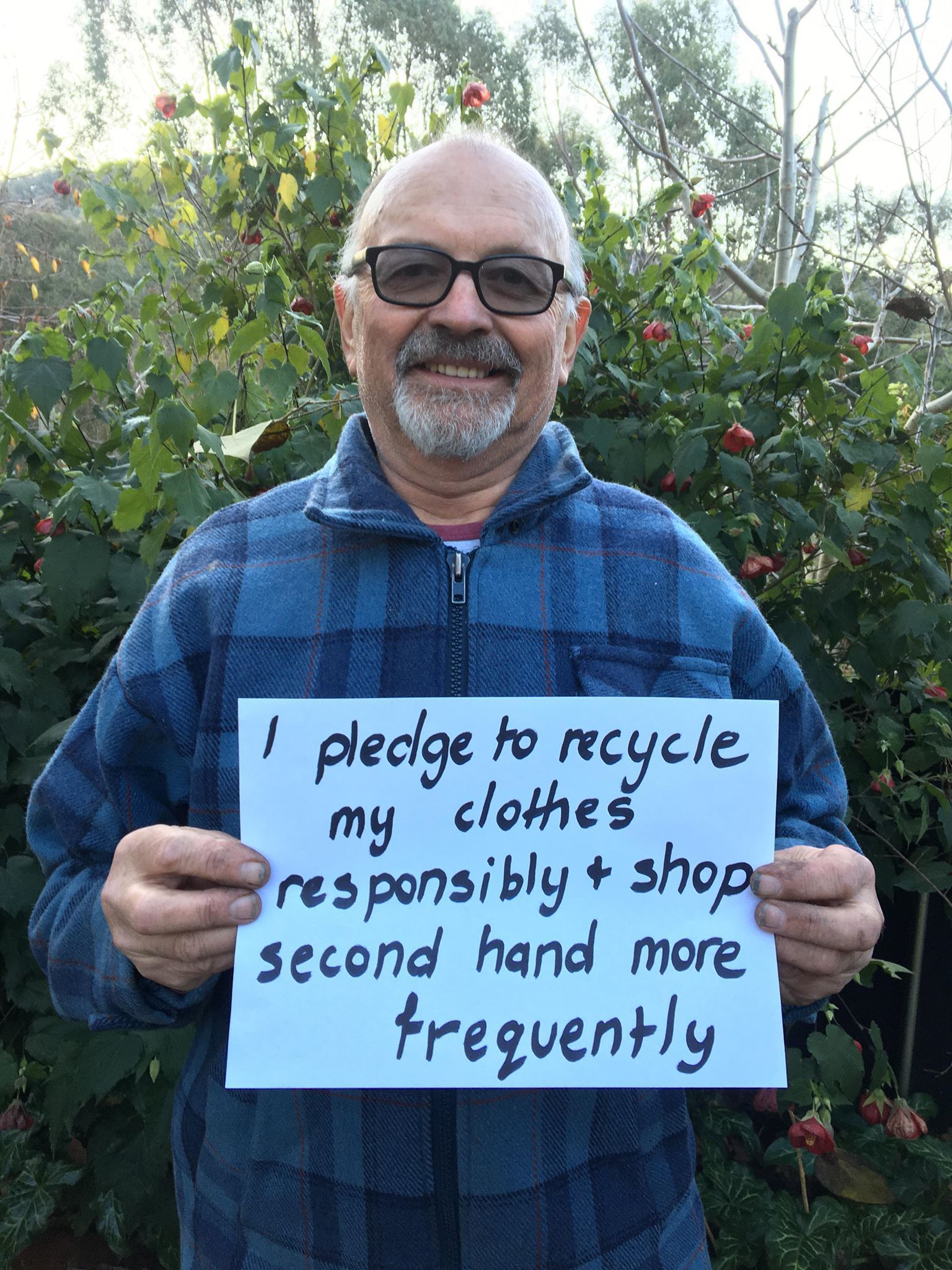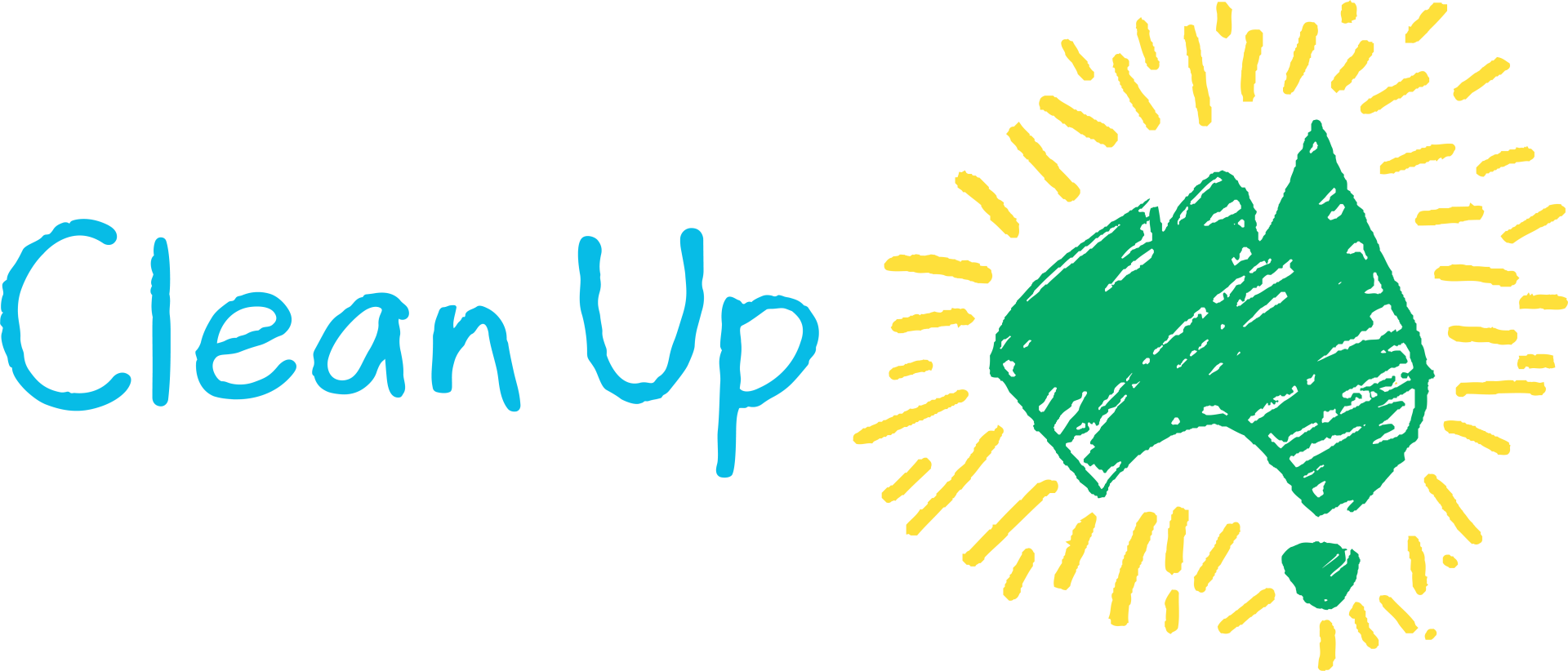An Aussie Recycling Success Story
By Wendy Chapman
Follow the journey from recycling bin to finished product
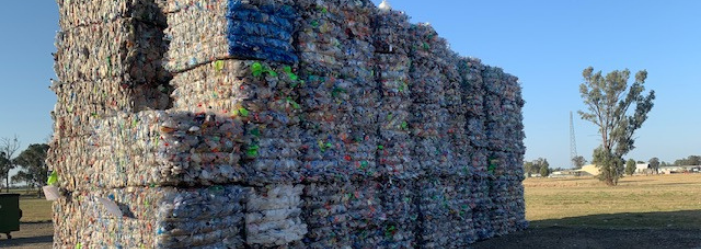
Near Infra-red sorting machine
They built a factory and installed the sorting, washing and recycling equipment. The factory is currently receiving approximately 160 tonnes of plastic each week, sourced from NSW, Victoria and Queensland. Dale says they love the material from Qld's Container Deposit Scheme, because it is so uncontaminated (the bottles do not even have lids on them - as lids are generally made of a different type of plastic).
85% of the material arriving at the factory leaves as product.
So very little goes to landfill – mostly labels and miscellaneous contaminants.
When China closed its doors to Australia’s plastic it caused enormous problems in the waste industry. But it was time to take responsibility for our own recycling. It may mean that consumers have to pay more to ensure that the plastic is actually recycled and none of it ends up in our oceans, but it has meant that the feedstock for Dale and Helen’s business is cheaper. There is no longer competition from China. This has also meant that the jobs of the 35 people working at the processing plant in Narrabri are much more secure.
In 2019 Australian Recycled Plastics formed a joint venture with Astron Sustainability, a division of Pact Group, an Australian company aiming to become a domestic leader in the circular plastics economy of the future.
There are five different streams of recycled plastic that leave the Narrabri factory.
Clear PET (from containers like soft drink bottles) leaves Narrabri as clean flakes. This is used to produce clear meat trays, branded with the rPET logo, for products sold in Coles and Woolworths.
Coloured PET is purchased by companies that make strapping used in agriculture in applications like strapping cotton bales together.
HDPE (from milk bottles) is flaked and sold to a fantastic Australian company, which makes a range of wood composite decking boards by combining the plastic with non-virgin pine products. This product is also used by Pact Group to produce bottles like the ones used by Unilever in its TRESemme range. In May, TRESemme featured in a Clean Up Australia, Unilever and Coles promotion of products in bottles made with recycled plastic.
Coloured HDPE (perhaps including some recycled TRESemme bottles) is used to make products for use in industry and agriculture, like drainage grates and pipes.
The last stream is PP (polypropylene). A common source of PP in recycling streams is takeaway food containers. It is difficult to turn this back into packaging so it is sold to Garden City Plastics for manufacturing black plastic pots
L: Coloured HDPE flakes, R: Clear HDPE flakes
Recycling in Australia will get another boost when a $45 million recycling plant opens in Albury/Wodonga in late 2021.This will be a joint venture between Pact Group Holdings, Cleanaway Waste Management and Asahi Beverages.
Cleanaway will provide the waste to be recycled, including bottles collected through the NSW container deposit scheme. Pact will provide the technical and operational expertise. Pact and Asahi will buy the recycled plastic to use in their packaging. Asahi bottles brands like Schweppes and Pepsi.
There are certainly some good news stories about plastic in Australia. So, don’t give up on recycling; take care you don’t contaminate your bin by wishcycling; look for products containing recycled material. And where possible, REDUCE and REUSE.
Wendy Chapman is Clean Up Australia's Business Development Manager.
Search for other blog topics:
